What do you get when you cross a time-tested platform with the most popular centerfire handgun cartridge? The 9mm revolver. Here are five that are fit to cover your six.
Ah… the revolver. Timeless and still highly trusted. Why not? Outside the side-by-side shotgun, few firearms have more on-the-ground, behind-the-trigger practical testing backing up their prowess. Old West gunslinger Wyatt Earp and modern-day New York lawman Jim Cirillo bet their lives regularly on the wheelguns. Both came out winners.
Far from outdated, the revolver is tried-and-true. Even so, the handgun has remained relevant to modern shooters, evolving into more useful and convenient forms. Next to light alloy frames and hammerless designs, one adaptation gaining favor presently is the 9mm revolver. Though, truth be told, the concept is nothing new. Gun designers have squeezed in the 9mm and other semi-automatic pistol cartridges into wheelguns for decades creating classics along the way. The .45 ACP M1917, for instance.
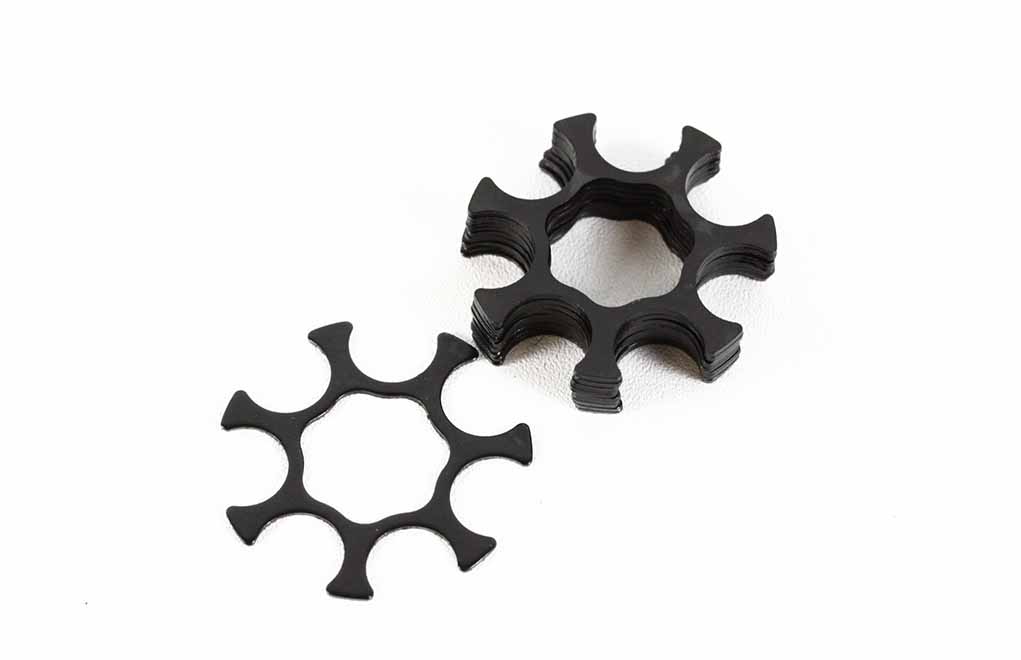
While the 9mm doesn’t have as storied a model to its name, I've found gunmakers have cooked up some dandy revolvers for the cartridge in recent years. Competitive shooters have especially benefited from geeked-out, highly-tuned race guns hitting the scene. Smith & Wesson’s PC Pro 986 and Ruger GP100 Match Champion are a couple high-octane wheelguns that come to mind.
Concealed carry hasn’t been left out in the cold. While the selection pales to standby revolver chamberings—.357 Magnum and .38 Special—there are options. And as interest in 9mm revolvers continues to grow, it’s expanded. So, what’s available now? We’re going to take a look with five 9mm revolver options fit for concealed carry.
Best 9mm Revolver Options For Concealed Carry
- Overall Pick: Ruger LCR
- Extended Capacity: Smith & Wesson PC Pro 986
- Classic Design: Charter Arms Pitbull
- Top Import: Rock Island Armory AL9.0
- Budget Pick: Taurus 905
Best 9mm Revolver Comparison
| Model | Bbl Length (in.) | Overall Length (in.) | Width | Weight, unloaded (oz.) | Capacity | Sights | Cartridge Retention | MSRP |
| Ruger LCR | 1.87 | 6.5 | 1.28 | 17.2 | 5 | U-notch integral rear, ramp front | Moon clip | $859 |
| Smith & Wesson PC Pro 986 | 2.5 | 7.5 | 1.55 | 31.7 | 7 | Adjustable target rear, ramp front | Moon clip | $1,279 |
| Charter Arms Pitbull | 2.2 | 7 | 1.45 | 22 | 5 | Fixed rear, ramp front | Spring ejectors | $520 |
| Rock Island Armory AL9.0 | 3 | 6.75 | 1.5 | 32 | 6 | Fixed rear, ramp front | Moon clip | $899 |
| Taurus 905 | 2 | 6.5 | 1.4 | 21 | 5 | Fixed rear, ramp front | Stellar clip | $410 |
Ruger LCR
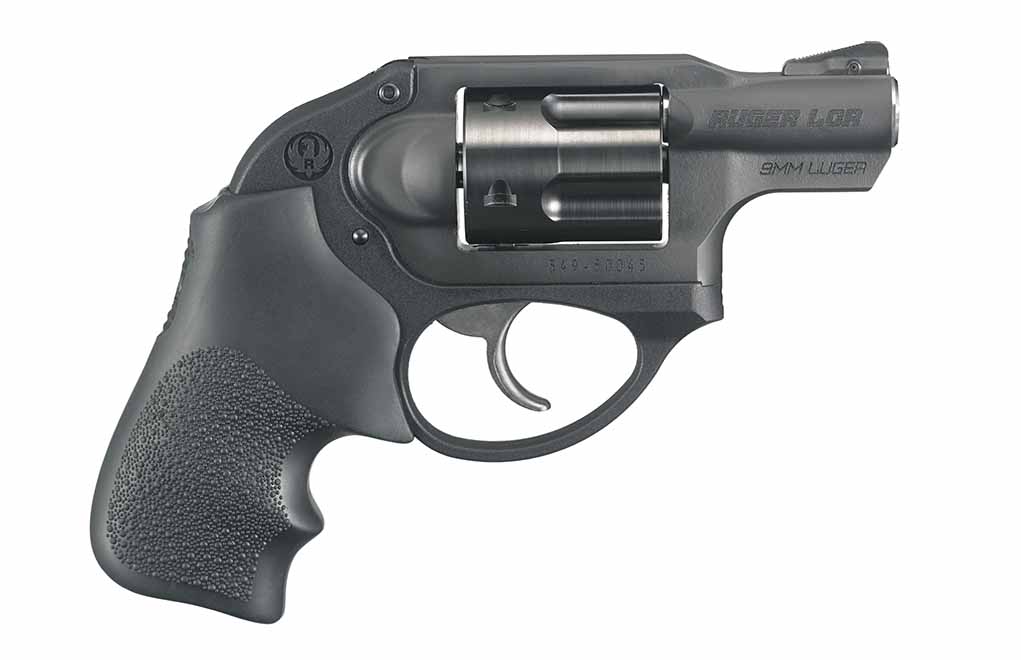
Specs
Barrel Length: 1.87 inches
Overall Length: 6.5 inches
Width: 1.28 inches
Weight (Unloaded): 17.2 ounces
Capacity: 5
Sights: U-notch integral rear, ramp front
Cartridge Retention: Moon clip
MSRP: $859
Website: ruger.com
Pros
- Lightweight and easy to carry
- Excellent factory trigger that doesn't stack
- Optimized for carry, with all snag points eliminated
Cons
- Light enough it proves a bit bucky
- DAO trigger not the best choice for beginers
Honestly, the LCR has looks to rival a mud fence. Matte black all around and a cylinder profile reminiscent of a wasp nest, the lightweight 9mm revolver (it also comes in .38 Spc. and .357 Mag.) won’t win any beauty contests. It doesn’t have to. From my experience, its attractiveness comes from its reliability and convenience, making it among the most cherished modern-day defensive wheelguns.
The LCR’s greatest advantage is eminent concealability, which few other revolvers rival. Weighing in at a hair over 17 ounces unloaded, and boasting an 1.8-inch barrel and 6.5-inches in overall length, the gun is unassuming and anything but cumbersome. Having carried the LCR, I can attest it is likely the one revolver you'll carry every day.
Furthermore, the aircraft-grade aluminum-framed revolver is demure enough to fill a backup gun role, one you can dual-purpose ammo with a semi-auto pistol.
Light as the 5-round revolver is, those who are new to snubbies might find it bucky, but that’s nothing some practice won’t cure. Ruger gives you a leg up in this department with an excellent double-action trigger—a must on a DAO gun. Smooth as polished marble, the friction-reducing cam system doesn’t stack and makes the 9-pound pull weight much more manageable.
Optimized for concealed carry, Ruger removed every conceivable snag point, such as an exposed hammer and rear sight (it’s integral with the frame). Additionally, the LCR 9mm is fast on the reload—when you get the system down—utilizing full moon clips. Overall, it deserves its place among the best 9mm revolvers.
Check out our full review on the Ruger LCR
Smith & Wesson PC Pro 986
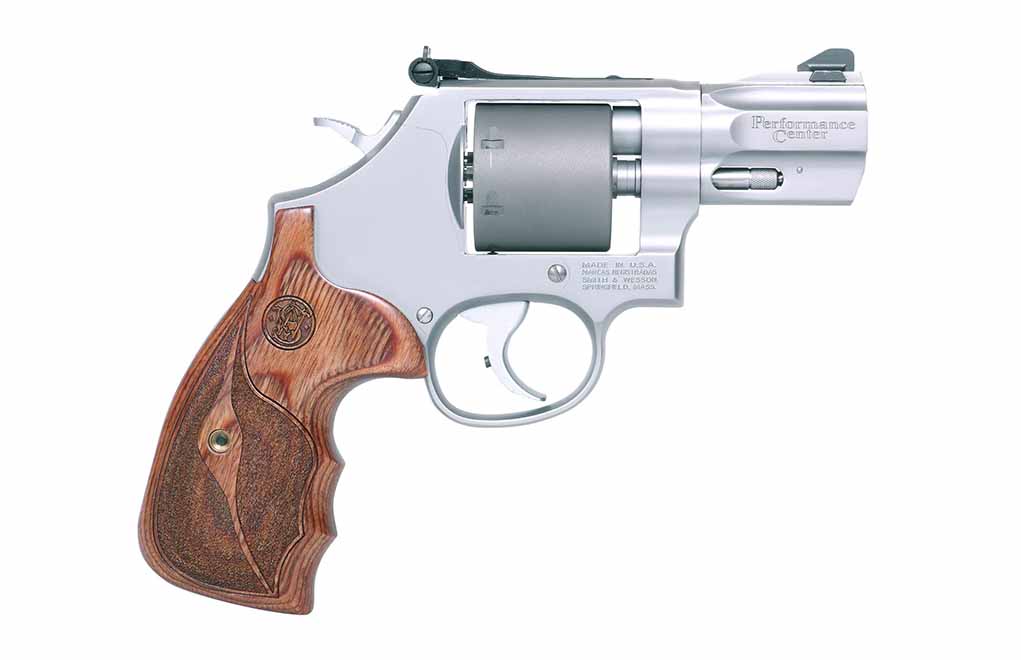
Specs
Barrel Length: 2.5 inches
Overall Length: 7.5 inches
Width: 1.55 inches
Weight (Unloaded): 31.4 ounces
Capacity: 7
Sights: Adjustable target rear, ramp front
Cartridge Retention: Moon clip
MSRP: $1,279
Website: smith-wesson.com
Pros
- More firepower on tap than any other 9mm revolver
- Its trigger–Performance Center tuned–is the best on the list
- Proves a very shootable revolver, capable of delivering shot-to-shot accuracy quickly
Cons
- By nearly any standard, the 986 is a boat anchor
- It is almost strictly limited to OWB carry for most folks
Granted, the PC Pro 986 is a beast of a snub-nose and might not exactly fit every armed citizen’s definition of the ultimate clandestine 9mm revolver. But if overcoming the platform's main constraint—firepower—is your concern the handgun’s extra bulk pays you back 10 fold. Holding 7-rounds in its ample titanium cylinder, the 986 flirts with the capacity of many micro 9mm pistols that have become the hot ticket in recent years.
First off, I'll point out the obvious–the revolver is turned and designed for competition. Yet, this facet means the revolver is very responsive, particularly its trigger. I might say its the best I've felt on the list. In double-action it is smooth and lighter than most production modes, vastly improving the 986’s accuracy. At the same tick, shot-to-shot, the revolver is quick thanks to an overtravel stop that ensures efficiency in rapid-fire. Adding to this, the gun comes with an adjustable rear sight, which goes a long way in taking advantage of the other accuracy enhancements.
So, all of this is great, but the Performance Center marvel is still a 31-ounces L-frame revolver, with a William Taft-sized monolithic cylinder. Yes, this adds up to a milder shooter, thus better accuracy. But, it will take some consideration to puzzle out if it fits your carry profile. As do the sights and hammer spur, which all have the potential of hanging up on the draw if you’re not practiced. I'll be the first to admit, this option isn't for everyone–particularly those who aim to carry IWB. But I firmly believe for the right armed citizen, the 986 is an excellent 9mm revolver option that will perform well above many in its class.
Charter Arms Pitbull
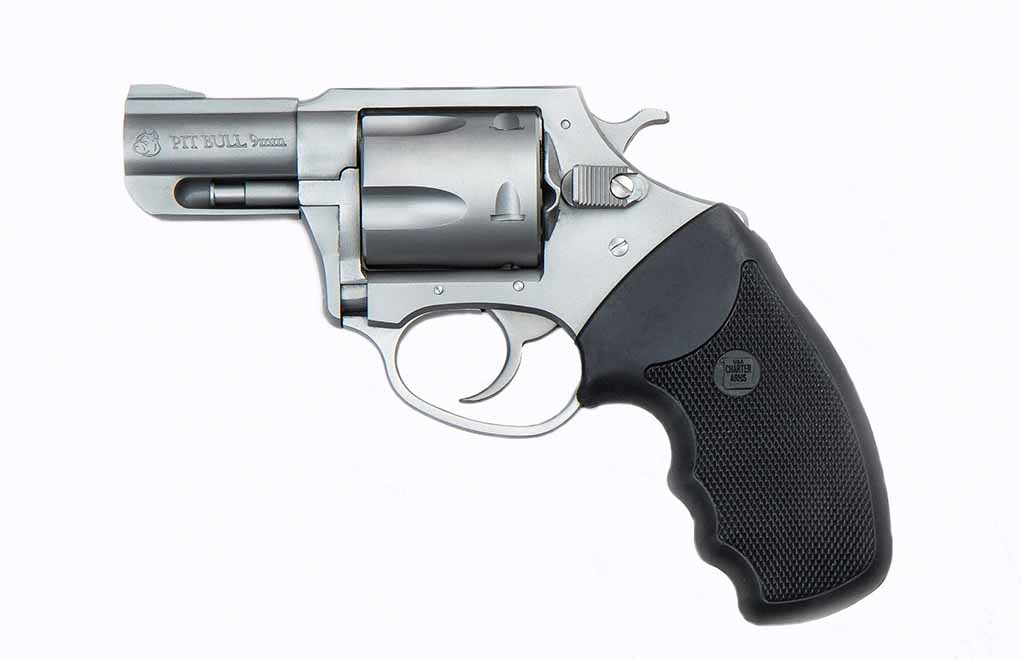
Specs
Barrel Length: 2.2 inches
Overall Length: 7 inches
Width: 1.45 inches
Weight (Unloaded): 22 ounces
Capacity: 5
Sights: Fixed rear, ramp front
Cartridge Retention: Spring ejectors
MSRP: $520
Website: charterfirearms.com
Pros
- Barrel is long enough to get a near full burn from most loads, thus good velocity
- Novel ejectors do away with moon clips
- Compatible with strip-style speedloaders
Cons
- Trigger tends to be stiff and heavy
- A bit heavy compared to other options
Sooner or later, nearly every wheel gunner has an inkling to toy around with a .44 Special. This inevitably leads to one gunmaker—Charter Arms. Its long-standing Bulldog has become legendary at this point, if for no other reason than it’s one of the only dedicated .44 rigs configured for carry. More recently, the company has shown a real knack with 9mm revolvers too.
Starting life a decade ago, the Pit Bull is an ingenious system doing away with moon clips—half or full—for spring-loaded ejectors. Just snap a round in the cylinder and there it stays until ejected, just like it was a rimmed cartridge. Anybody who’s dealt with moon clips, particularly well-used warped ones, get the advantage the ejectors offer. Additionally, the feature makes the gun compatible with strip speedloaders, which—while not the fastest—are among the most convenient.
About as plain Jane as a revolver gets, the Pit Bull won’t turn any head—aside from an icon of its namesake on the barrel. Matte blasted stainless-steel finish, ramp front sight and integral rear are the order of the day, and the trigger isn’t a polish job for sure. But the gun’s fit and finish are downright decent, and its tight cylinder lockup gives it an overall solid feel and dependable performance. I like that a hammer is part of the package, one with a somewhat muted spur. In turn, with a little familiarity, it can be drawn with little worry of getting tangled up.
More 9mm Knowledge
- The Best Micro-Compact 9mm Pistols For Everyday Carry
- Best 9mm Pistol Options For Defense, Competition & Beyond
- Medium-Bore Match-Up: 9mm Vs .38 Special
- Best 9mm Carbine: Affordable PCC Options
- Best Single Stack 9mm Concealed Carry Pistol Options
- Best Double Stack 9mm Pistols For Concealed Carry
Rock Island Armory AL9.0
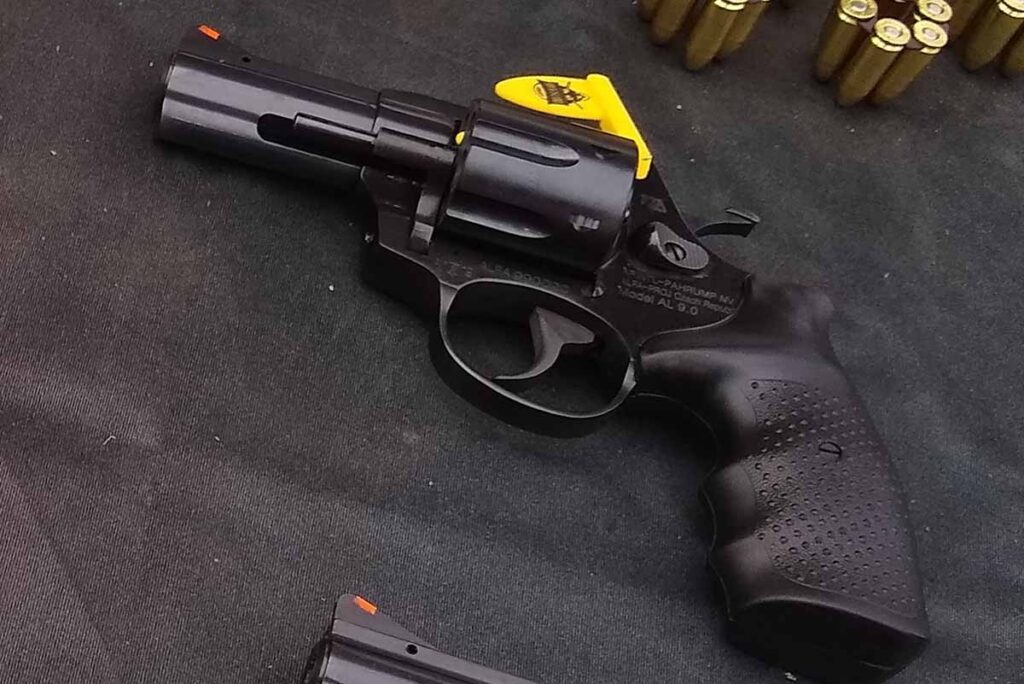
Specs
Barrel Length: 3 inches
Overall Length: 6.75 inches
Width: 1.50 inches
Weight (Unloaded): 32 ounces
Capacity: 6
Sights: Fixed rear, ramp front
Cartridge Retention: Moon clip
MSRP: $899
Website: armscor.com
Pros
- Very shootable revolver and quick shot-to-shot
- Standard revolver capacity gives you 6 on tap
Cons
- Heavier than many would care to tote on a daily basis
- Snag points on rear sight and spur
Most think fairly economical 1911 pistols when Rock Island Armory is the topic of discussion, but the gunmaker has proven a more than adept revolver-smith over the years. Added to the gunmaker’s lineup a few years back is a jack-of-all-trades 9mm revolver that certainly has the stuff to fill a defensive role. To this end, I find the AL9.0’s capacity an especially tantalizing aspect, holding 6 rounds of Parabellum and quickly reloading via full moon clips.
The tradeoff with the AL9.0 is its measurements. While its width–1.5 inches–and barrel length–3 inches–are more than manageable, the gun tips the scales at 32 ounces. That doesn't exactly make it a featherweight. But it does add up to a very comfortable shooter, especially digesting the already well-mannered 9mm. In shooting it, despite a somewhat heavy DA trigger, I've found the gun very responsive and have been able to clear plate racks quickly once in a rythem.
I like the rubberized grip and the adjustable rear target sight–though the latter does concern me as a snag point. But the my real nit to pick is with the AL9.0's hammer spur, which prominently sticks out. But, if you’re willing to put in the time with the heater, and learn its ways, the revolver should prove more than manageable.
Taurus 905
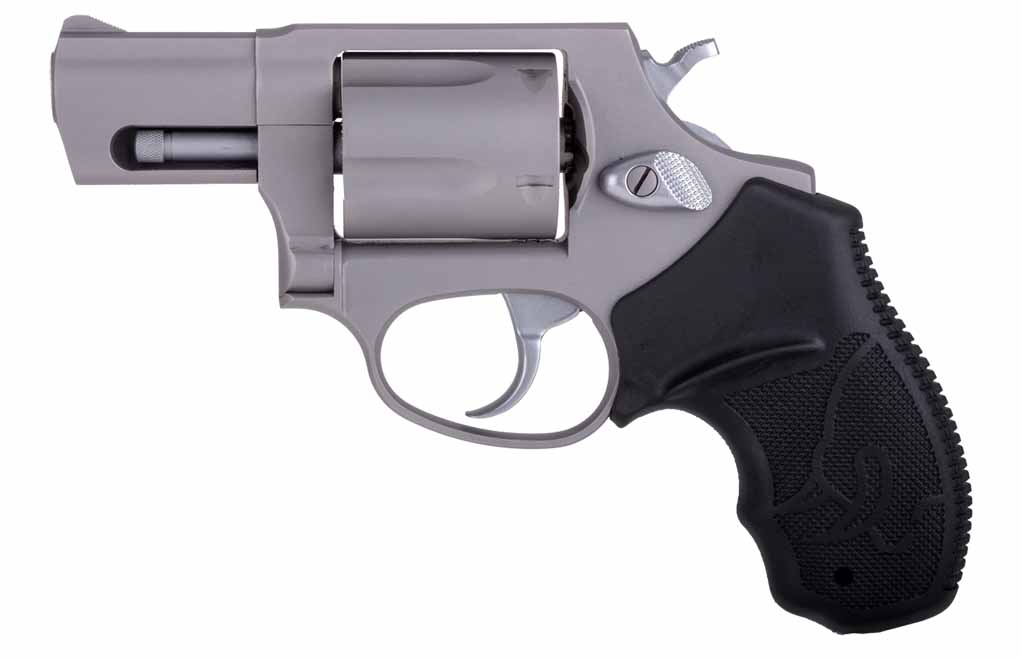
Specs
Barrel Length: 2 inches
Overall Length: 6.5 inches
Width: 1.4 inches
Weight (Unloaded): 21 ounces
Capacity: 5
Sights: Fixed rear, ramp front
Cartridge Retention: Stellar clip
MSRP: $410
Website: www.taurususa.com
Pros
- Weight provides just the right balance between ease of carry and shootablity
- Steller Clips makes reloads quicker
Cons
- Concealed hammer not available on 2-inch barreled model
It comes as no surprise Taurus has had a 9mm revolver for some time. After all, the gunmaker has wheelguns chambered for nearly everything under the sun. The 905 has been a mainstay for many for the past decade or so and is a more than capable defensive gun, along with about anything else you’d want out of a 9mm.
Granted, the steel-framed handgun is on the lower end of capacity holding 5-rounds, but that’s fairly standard for a majority of concealed carry revolvers regardless of caliber. The 905 makes up for this by coming in lighter, 21 ounces, and slightly narrower, 1.4-inch width, than other 9mm revolvers. Plus, it’s fairly streamlined with a built-in rear sight (ramp front) and all its edges fairly smoothed down. The only hitch, at least for some, is the spur on the hammer, though it’s not a dealbreaker.
Handily, the 905 utilizes Taurus Stellar Clips (and moon) to hold the rounds in place, a neat bit of engineering that makes loading the clips easier than traditional moon clips. Like any 9mm revolver using clips, the gun itself is quick to reload with practice. The one hitch in the 905’s giddyap is a substantial double-action trigger pull, out-of-the-box flirting with 12 pounds.
I'll also pitch in one more thing. Taurus makes a concealed hammer model of the 905, however, it's only available with a 3-inch barrel. It's definitely still a carry option, but it's disappointing the company hasn't come out with a similar feature on its 2-inch barred model.
9mm Revolver FAQ
There are several good reasons why one may prefer a 9mm revolver over other commonly available calibers. Firstly, 9mm defensive ammo outperforms .38 Special while producing similarly mild levels of recoil. Secondly, because 9mm is the most common handgun cartridge in the world today, most shooters are likely already invested in the cartridge. It therefore makes sense to get a revolver chambered for 9mm as well. Thirdly, some shooters may want to use moon clips, and they generally work better with rimless cartridges like 9mm than with rimmed cartridges like .38 SPL.
No. Despite the fact that .38 Special has a longer case than 9x19mm Parabellum, 9mm operates at higher pressures which results in more powerful projectiles coming out of the muzzle.
There are a few reasons why one might not want a 9mm revolver. Namely, the higher pressure of 9mm requires a beefier cylinder than .38 Special does, and this results in heavier guns. A .38 Special revolver has the potential to be a few ounces lighter than a 9mm version of the same model. Also, most 9mm revolvers use moon clips, and some may prefer the simplicity of a traditional revolver.
Shooters that prefer to carry a revolver over a semi-automatic pistol typically do so for a few key reasons. Firstly is the simplicity of operation. There are no safeties to worry about disengaging, chambers to worry about loading or magazines to worry about being properly inserted. Once the cylinder is loaded, a revolver is ready to be drawn and shot. Another reason is that revolvers, because they don't rely on a slide reciprocating to operate, can be shot from inside a pocket or with their muzzle pressed against a target without jamming. For close-quarters defense, that's a pretty big advantage. Many view revolvers as having greater inherent reliability as well, and others just prefer their ergonomics for shooting or their rounded profile for concealability. Any way you slice it, revolvers are just as valid of a carry gun choice as a semi-auto pistol.

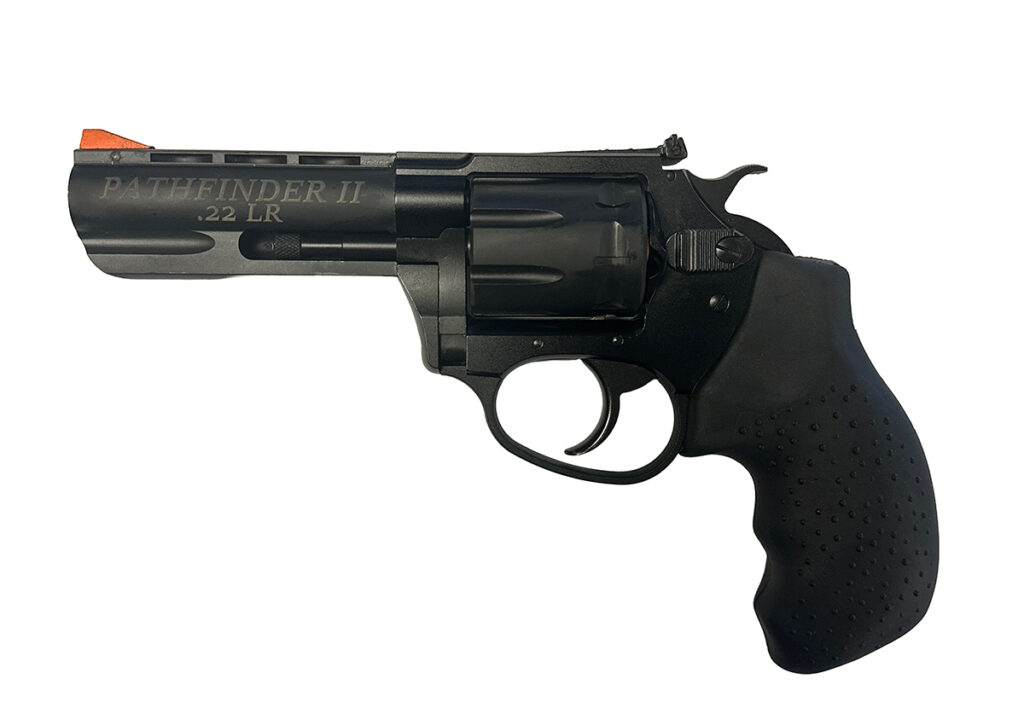
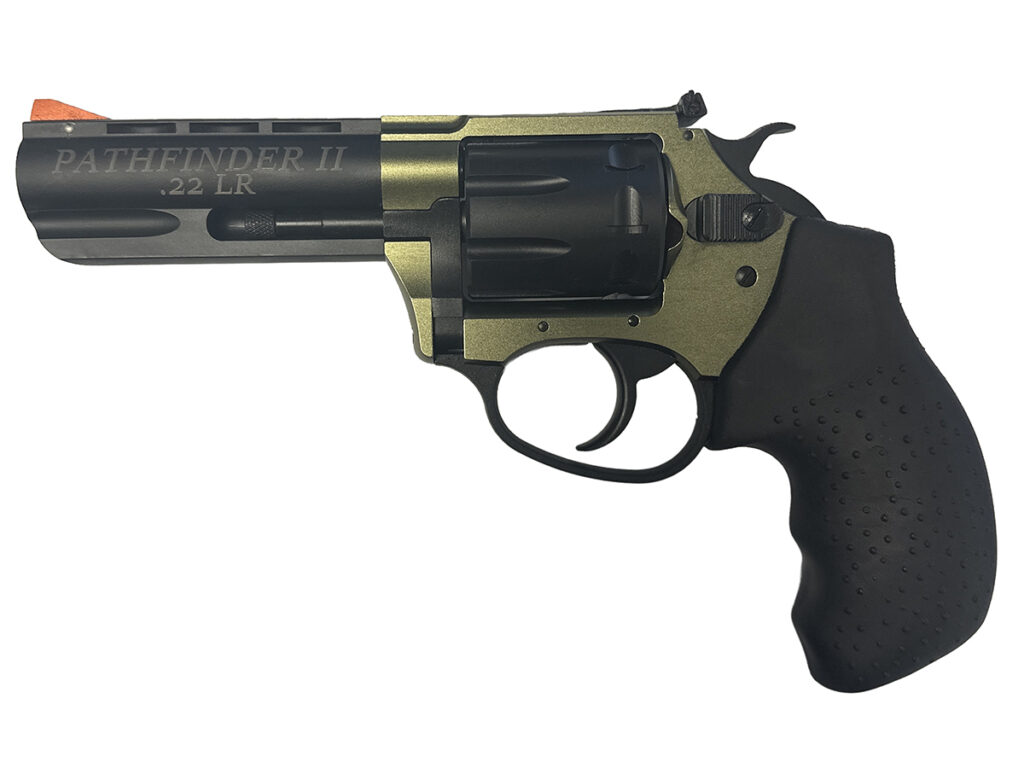
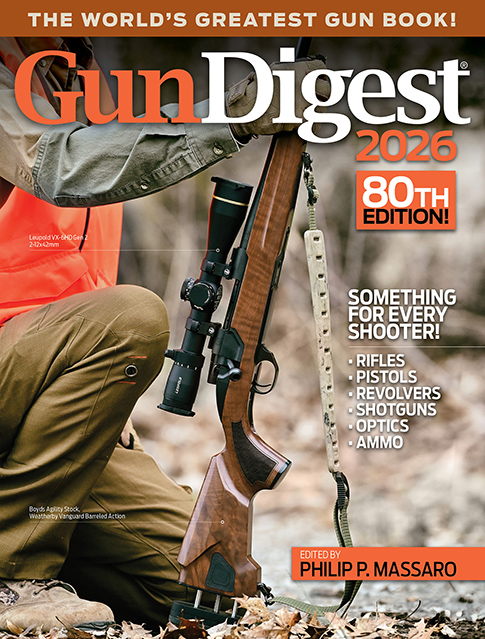
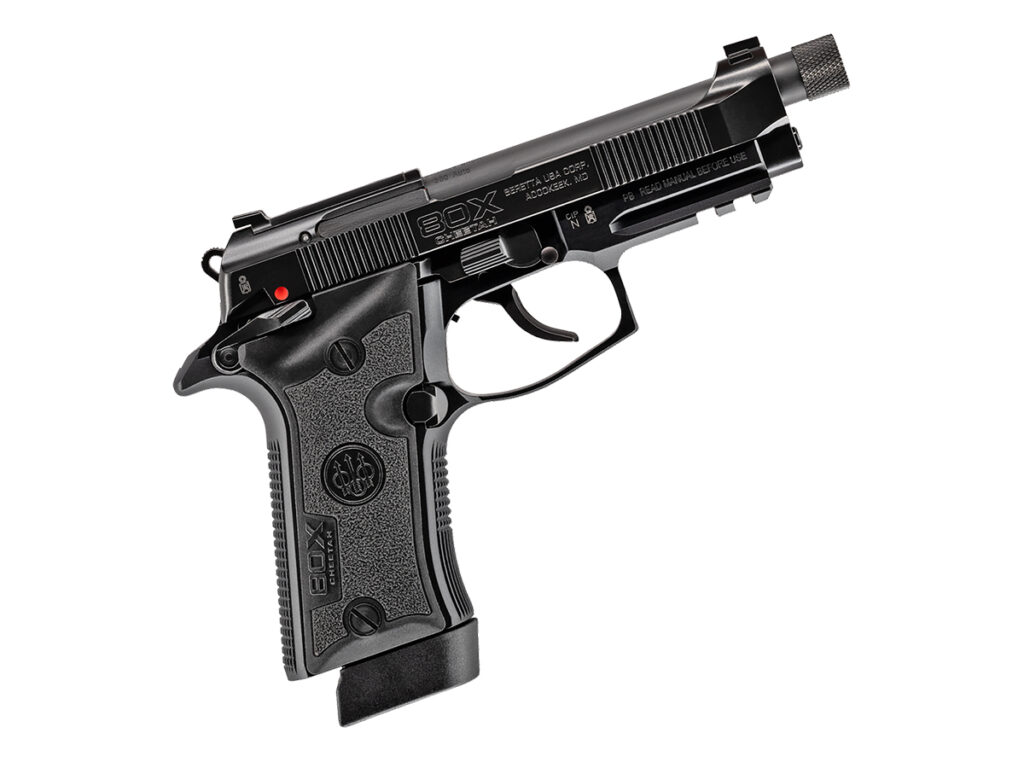
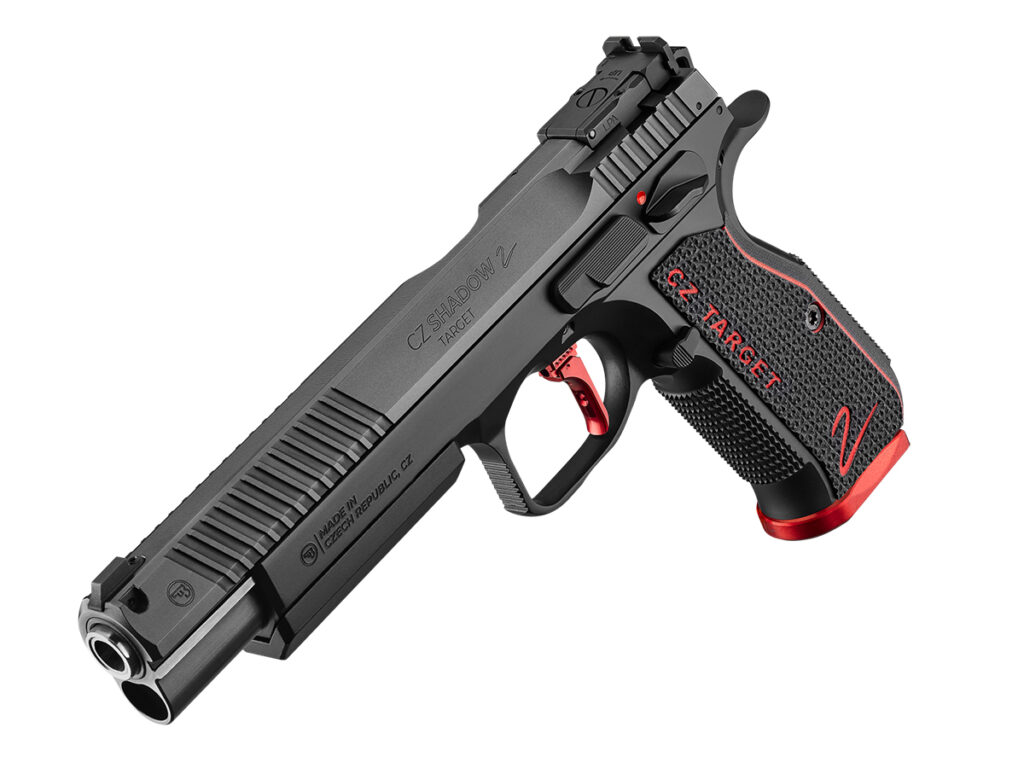
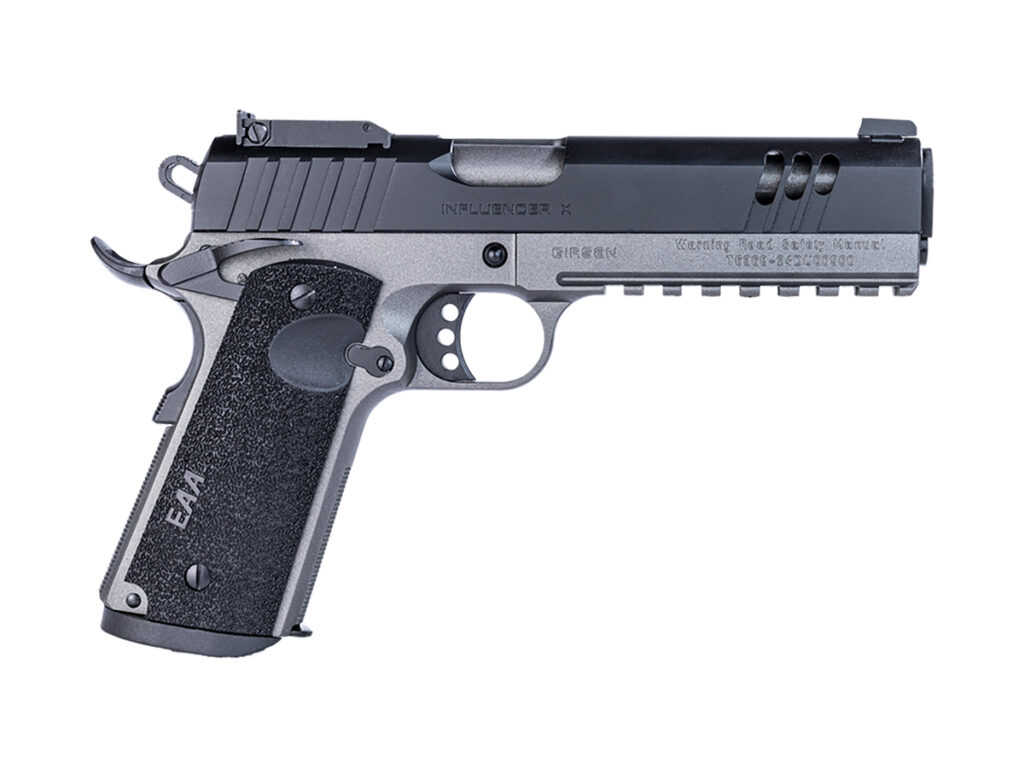



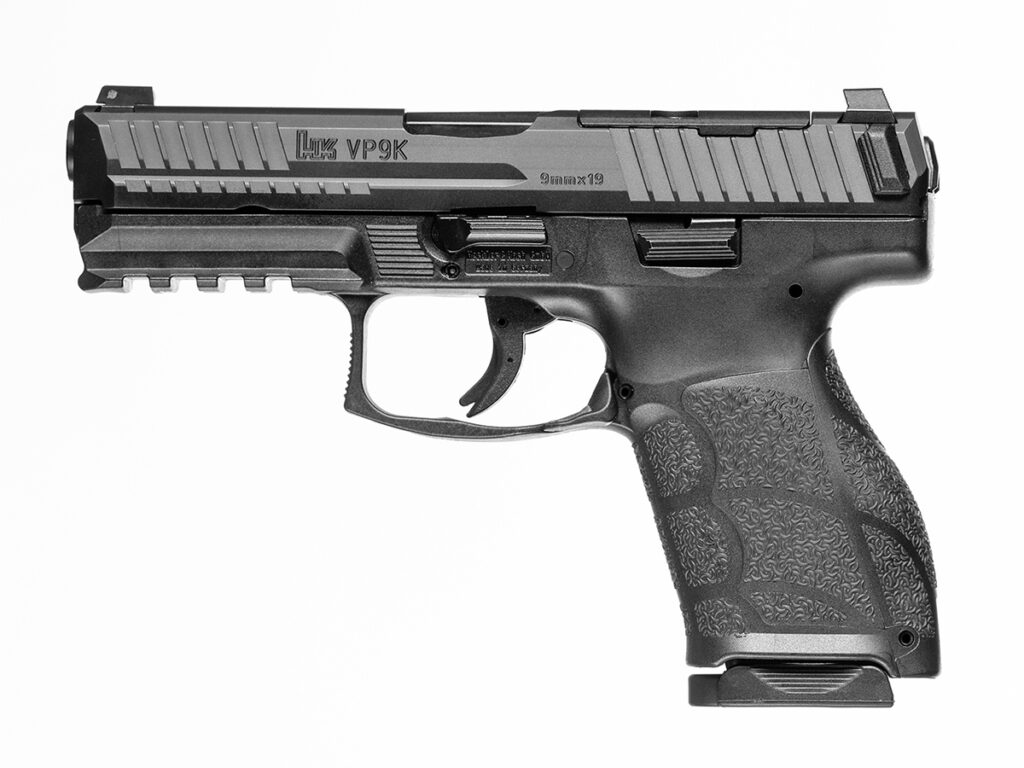
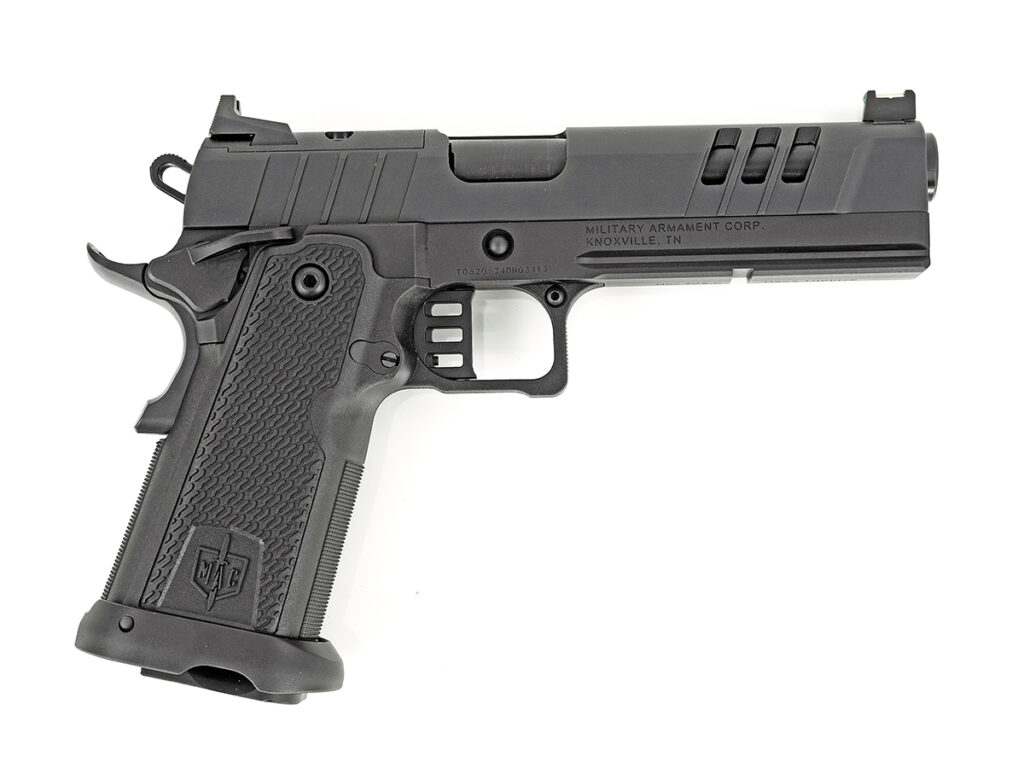
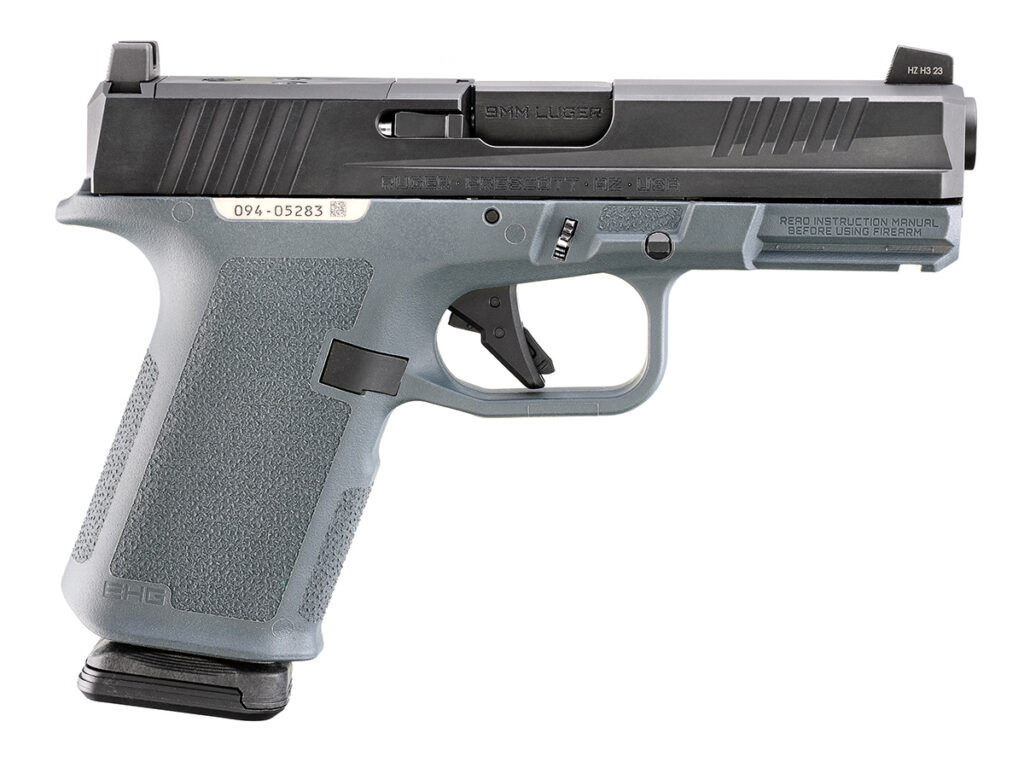

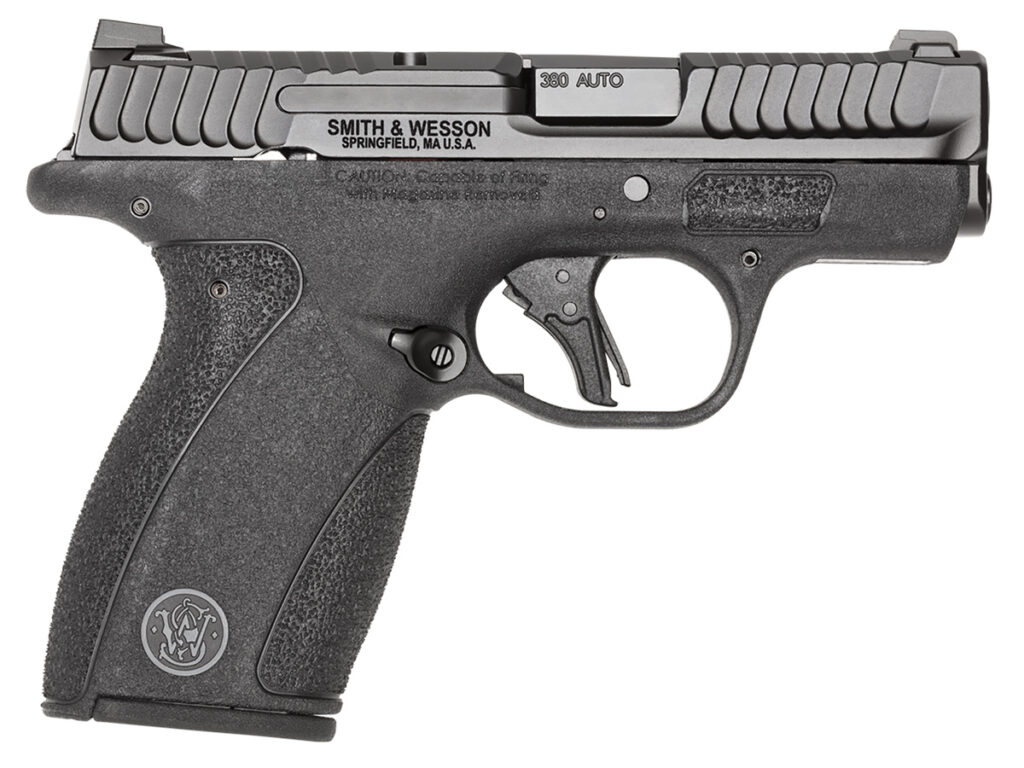
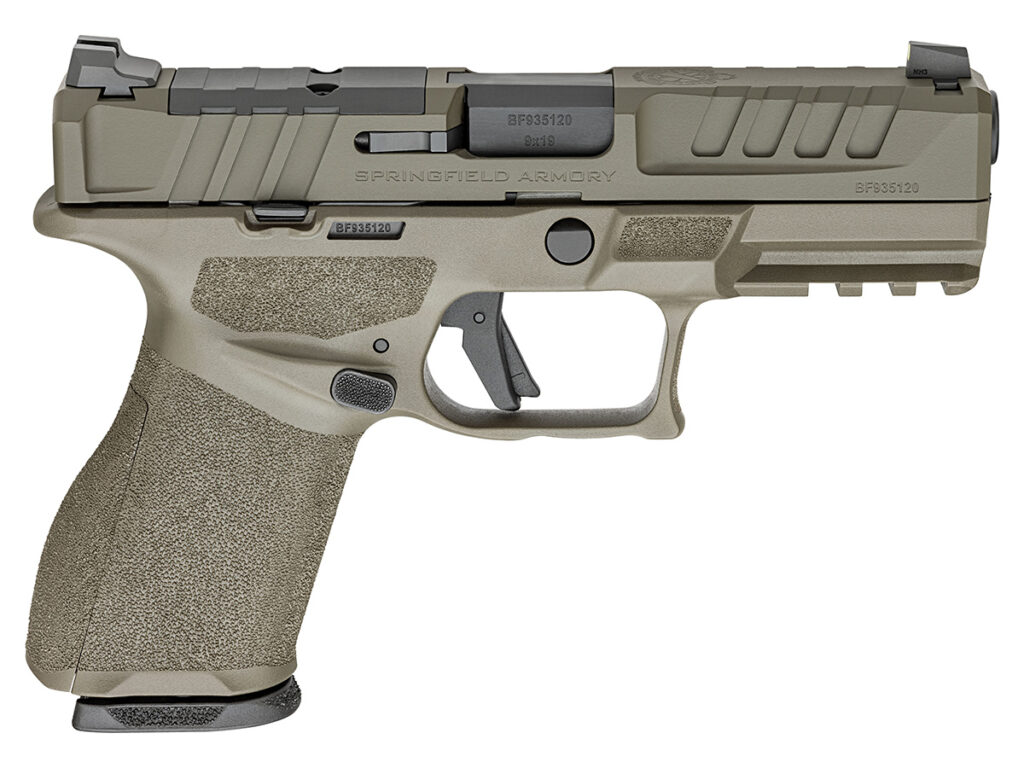
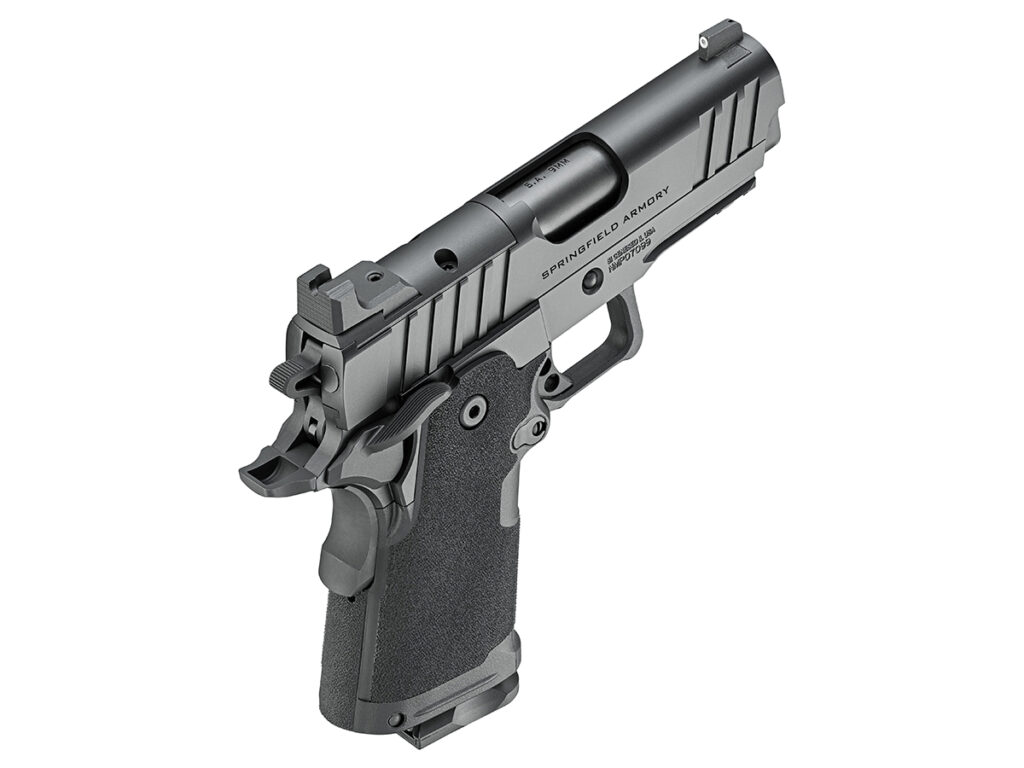

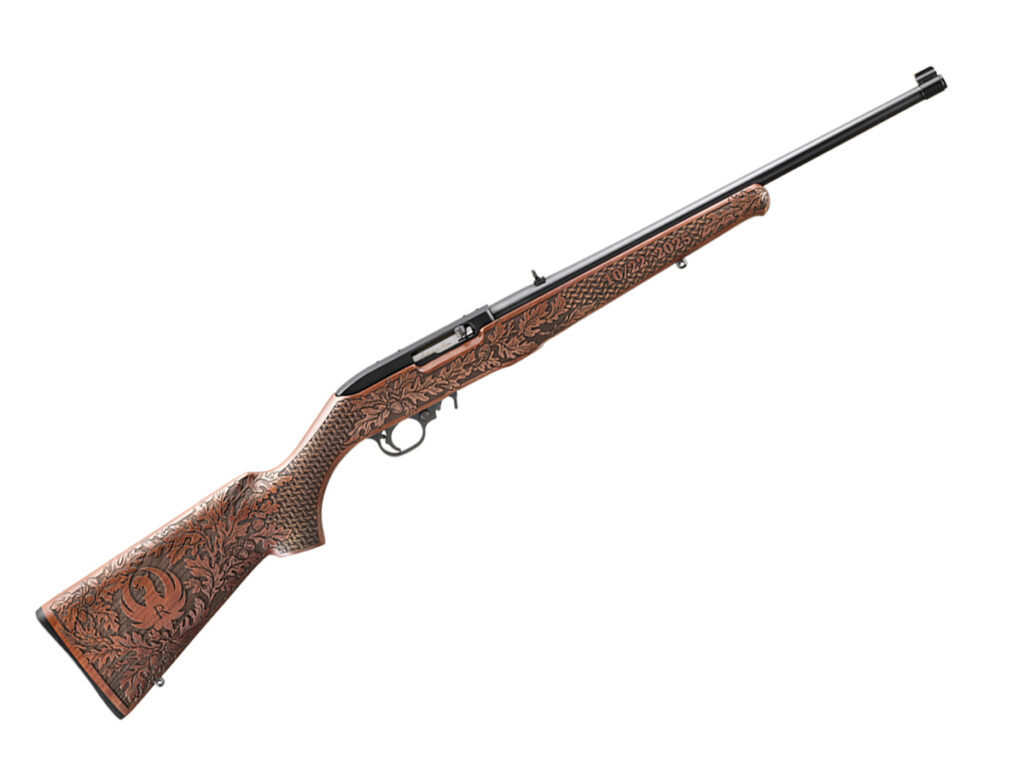

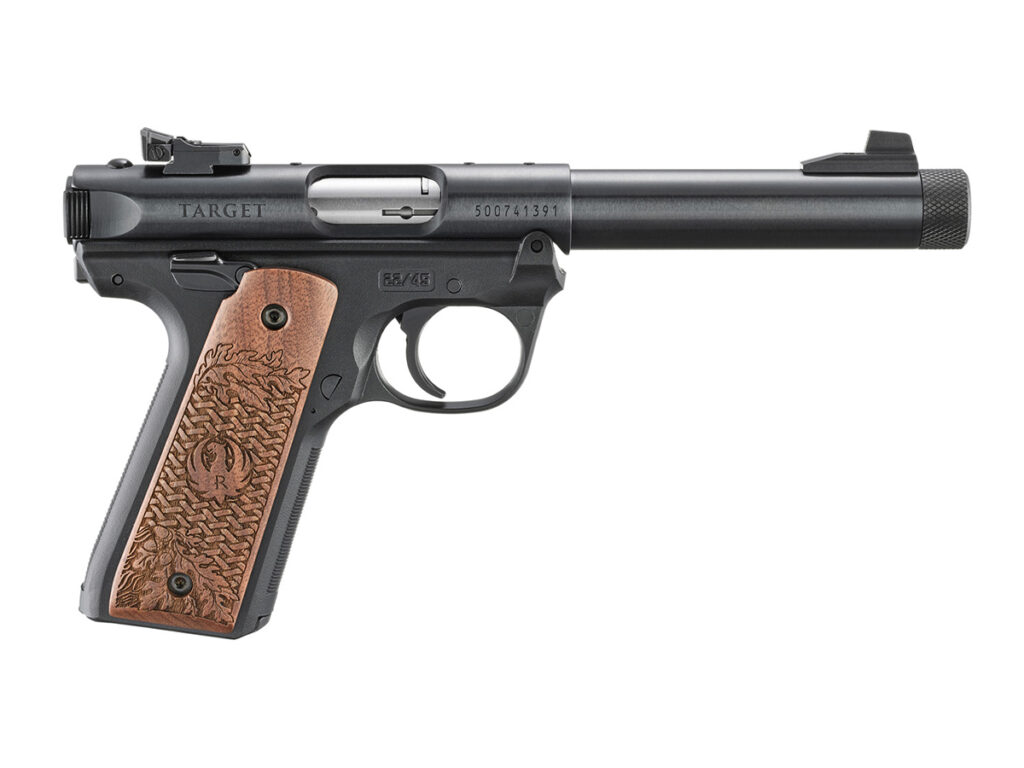
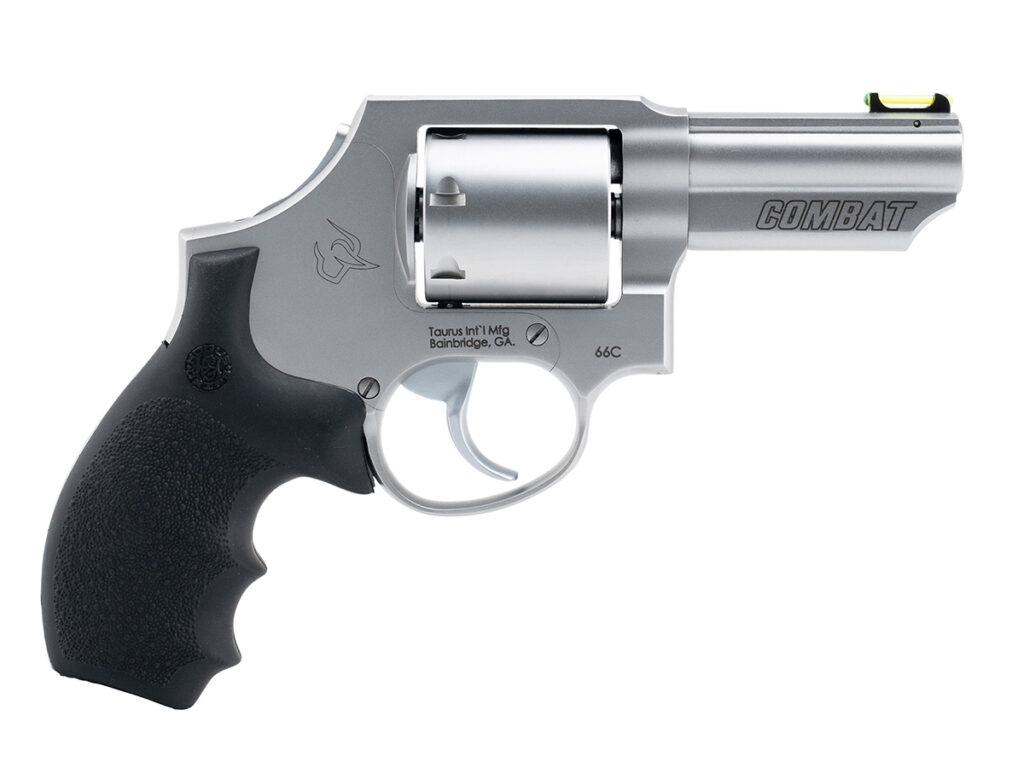

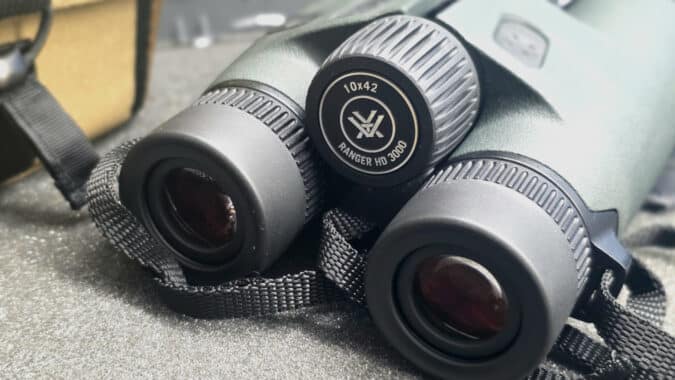

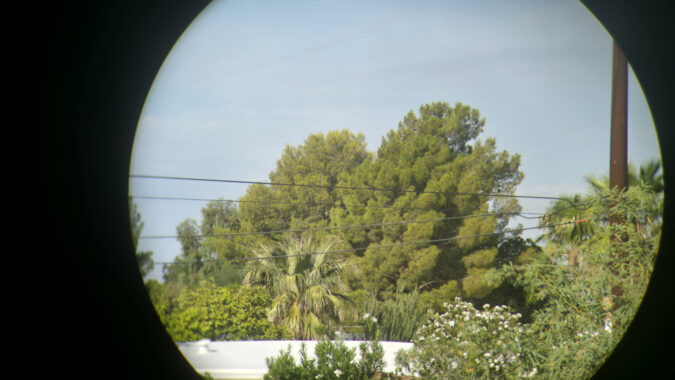










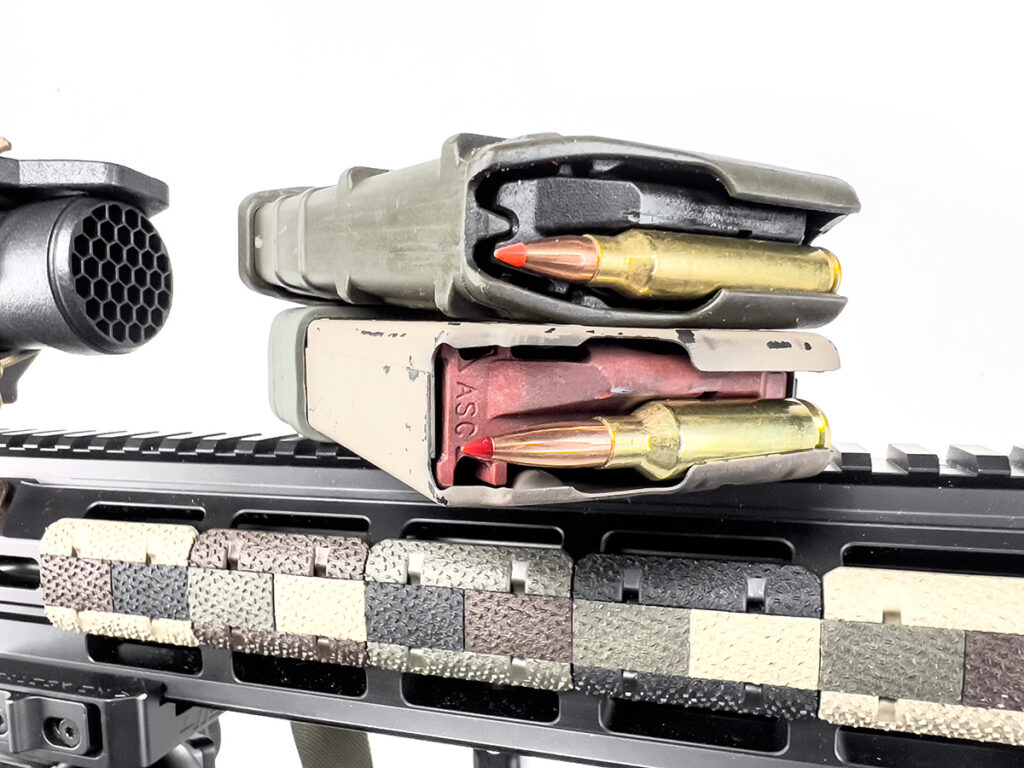

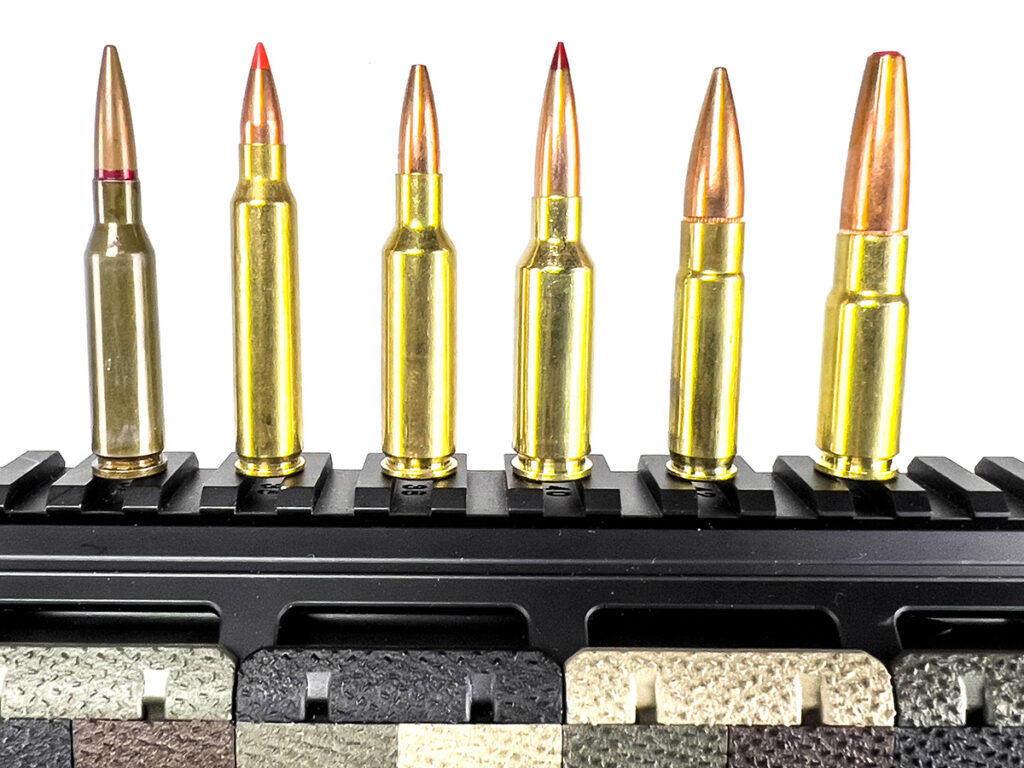
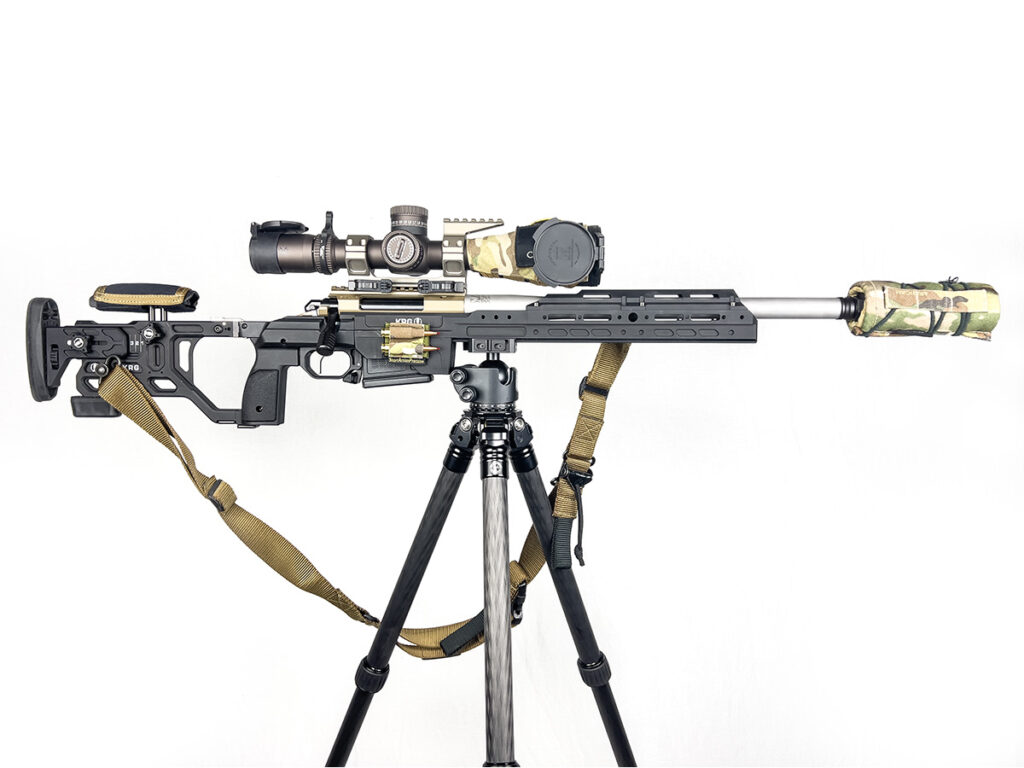
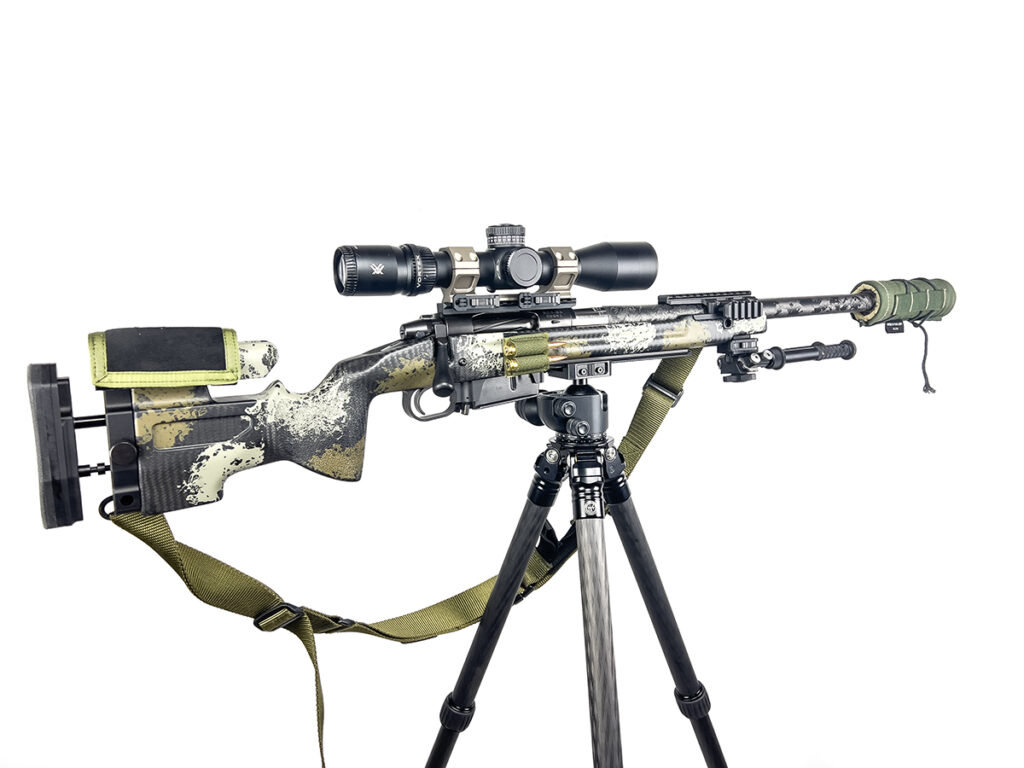
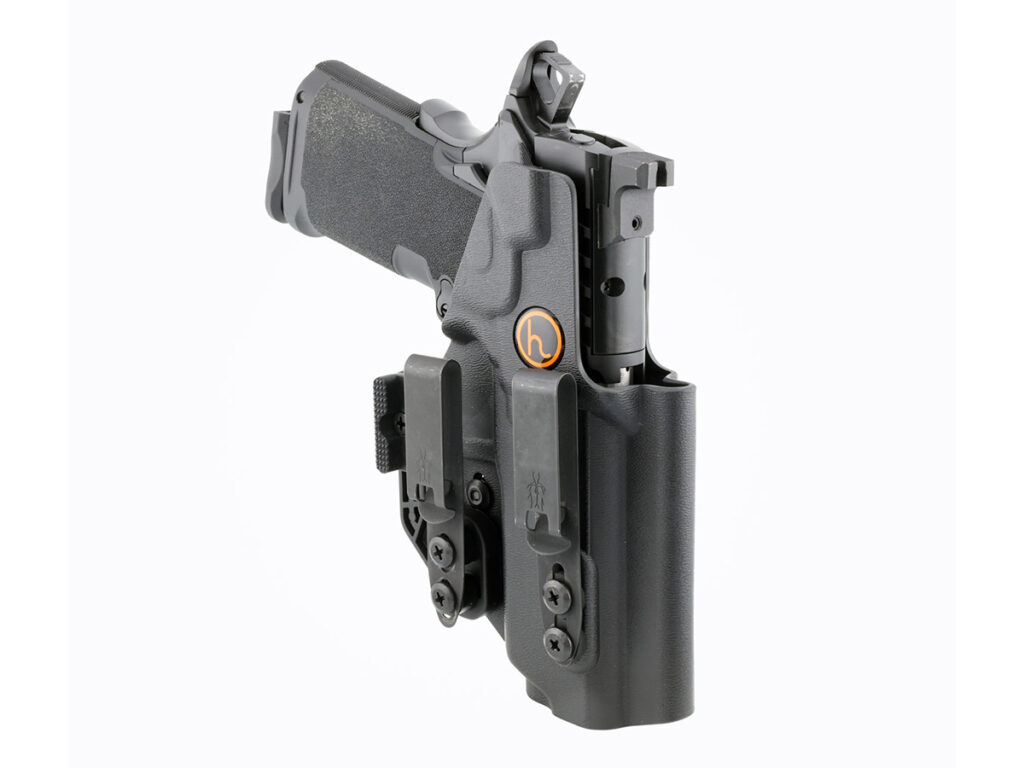
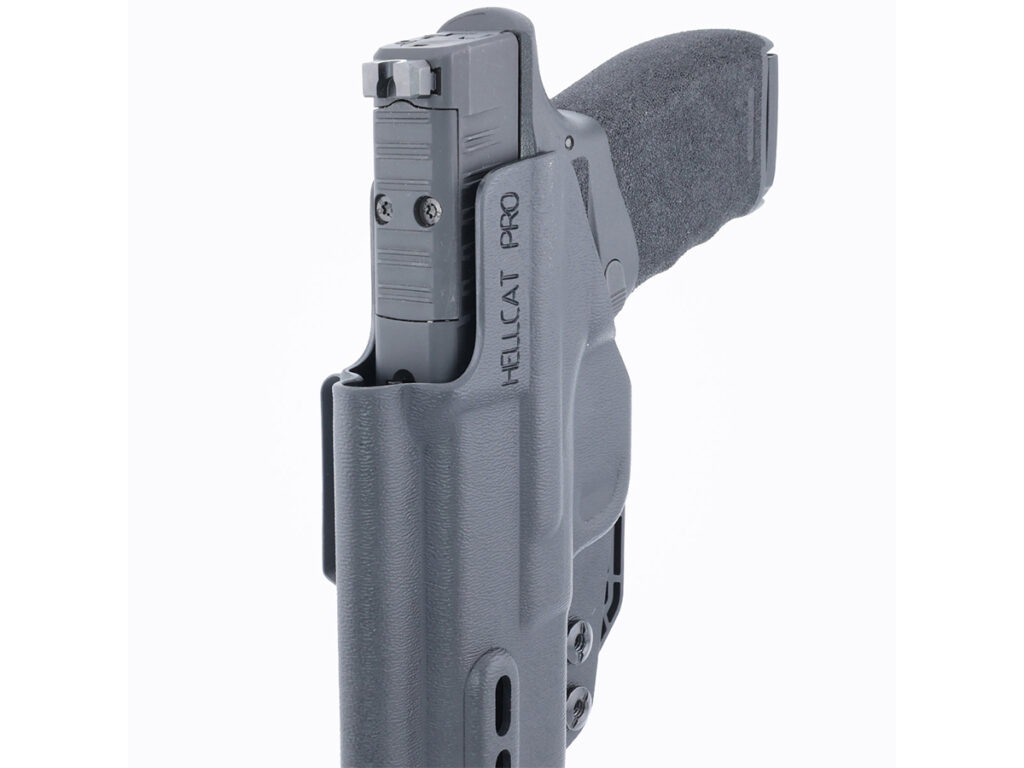
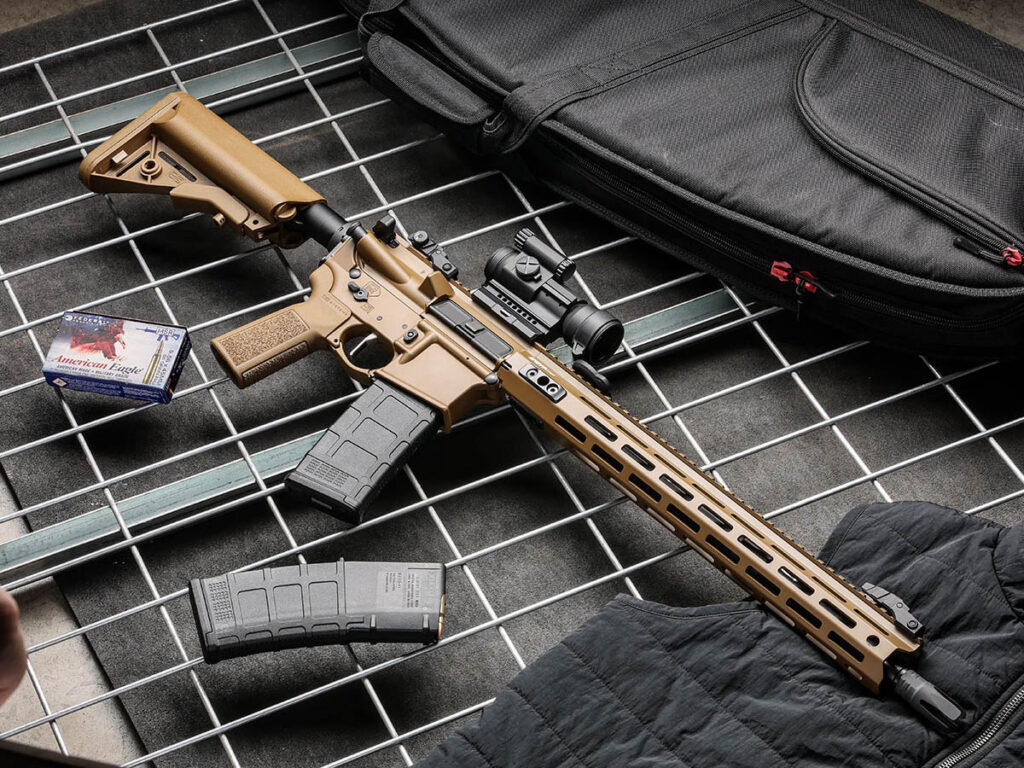


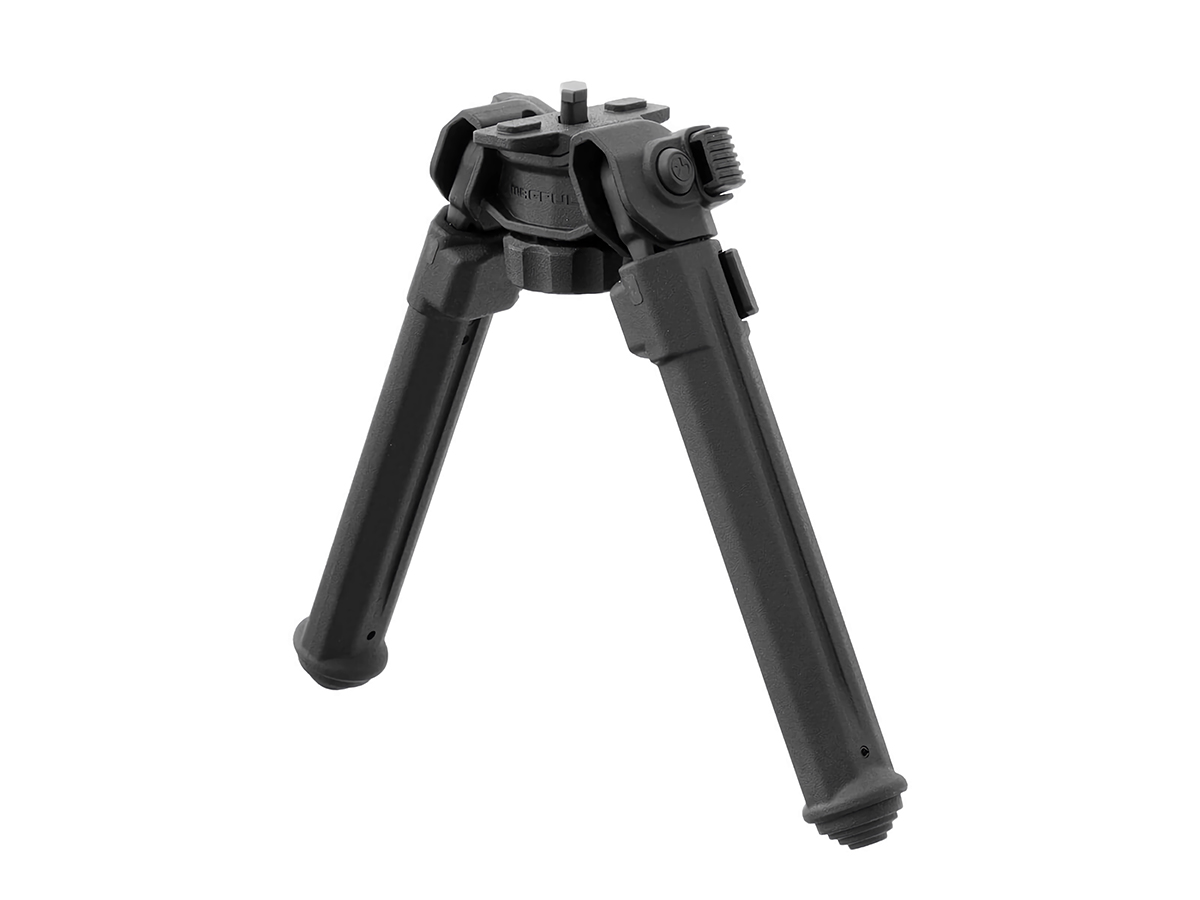


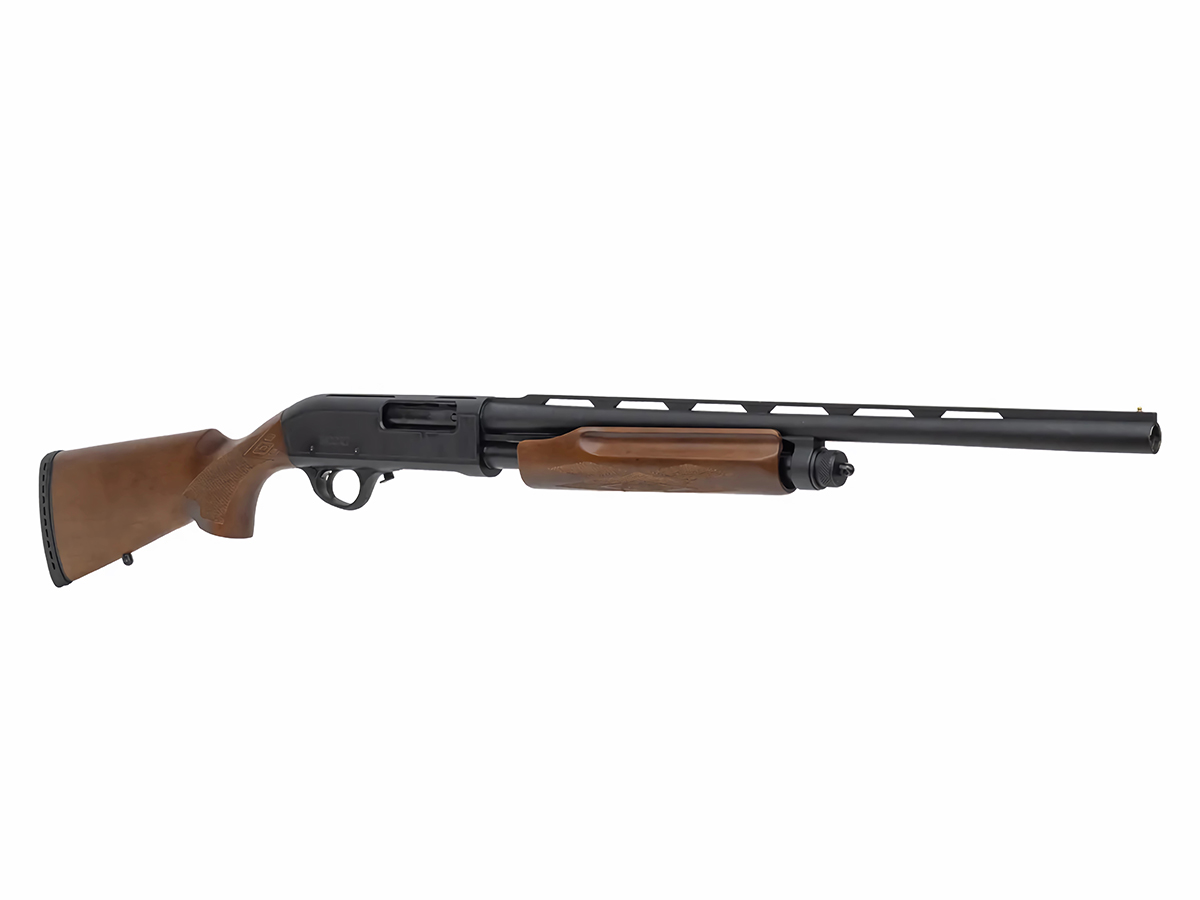

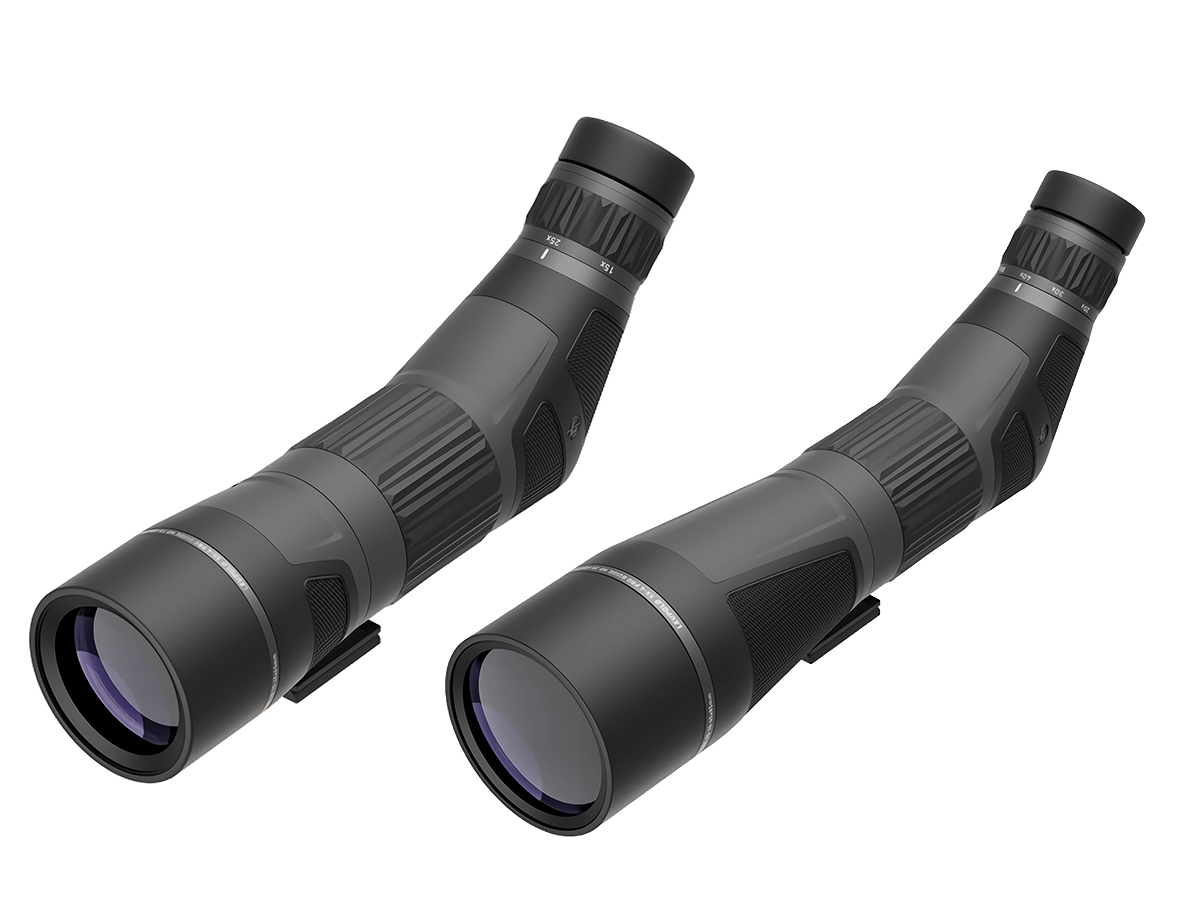
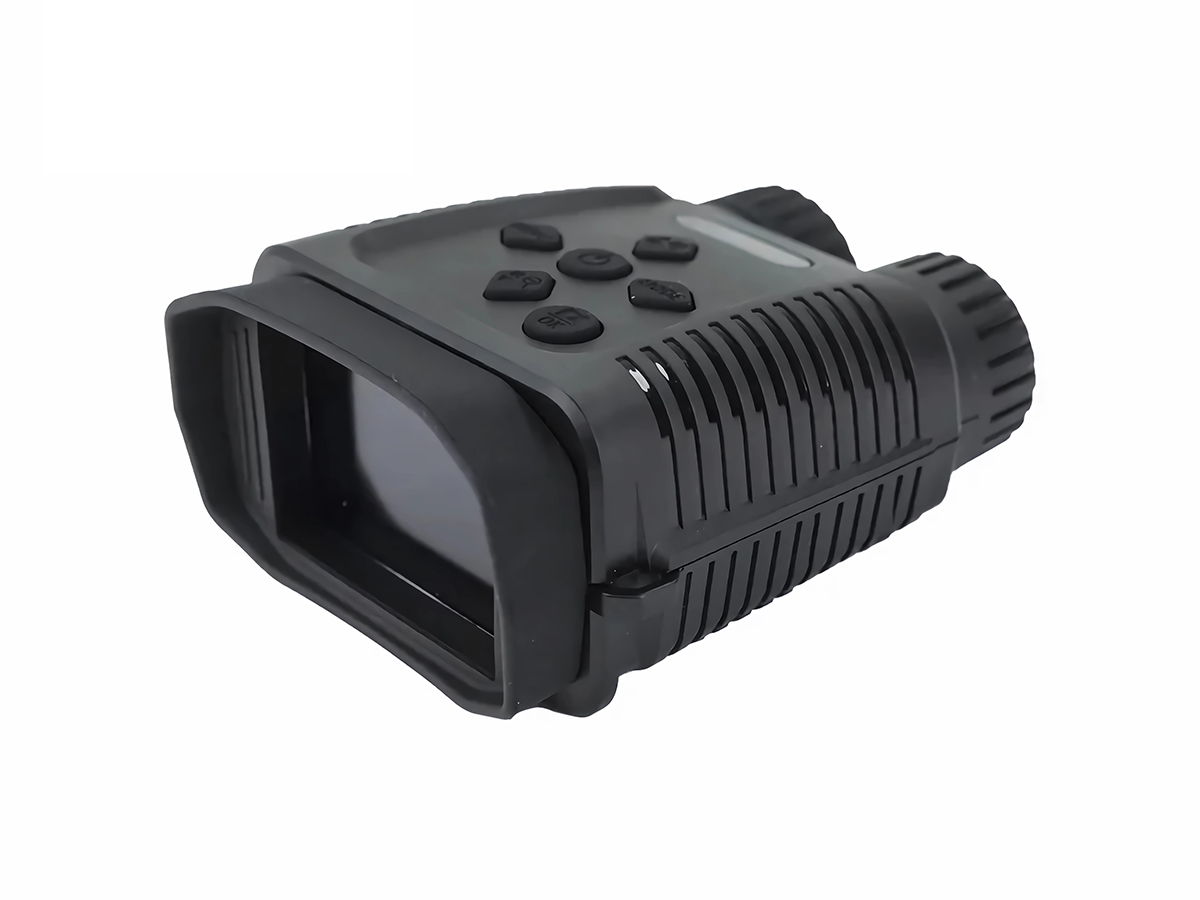
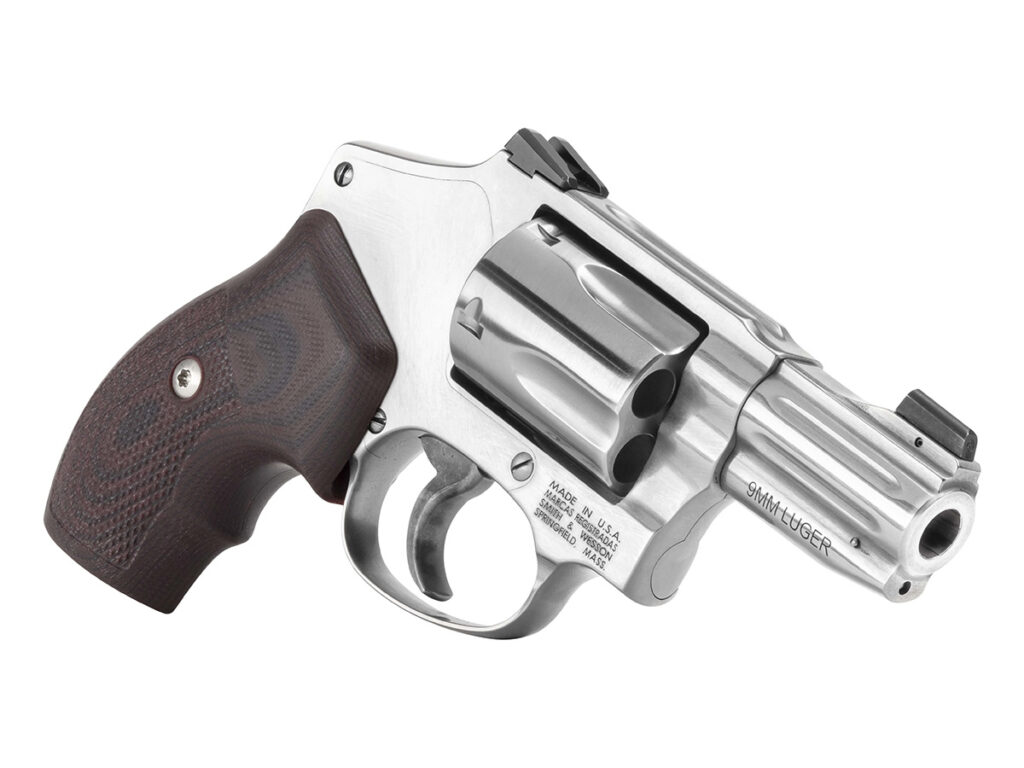
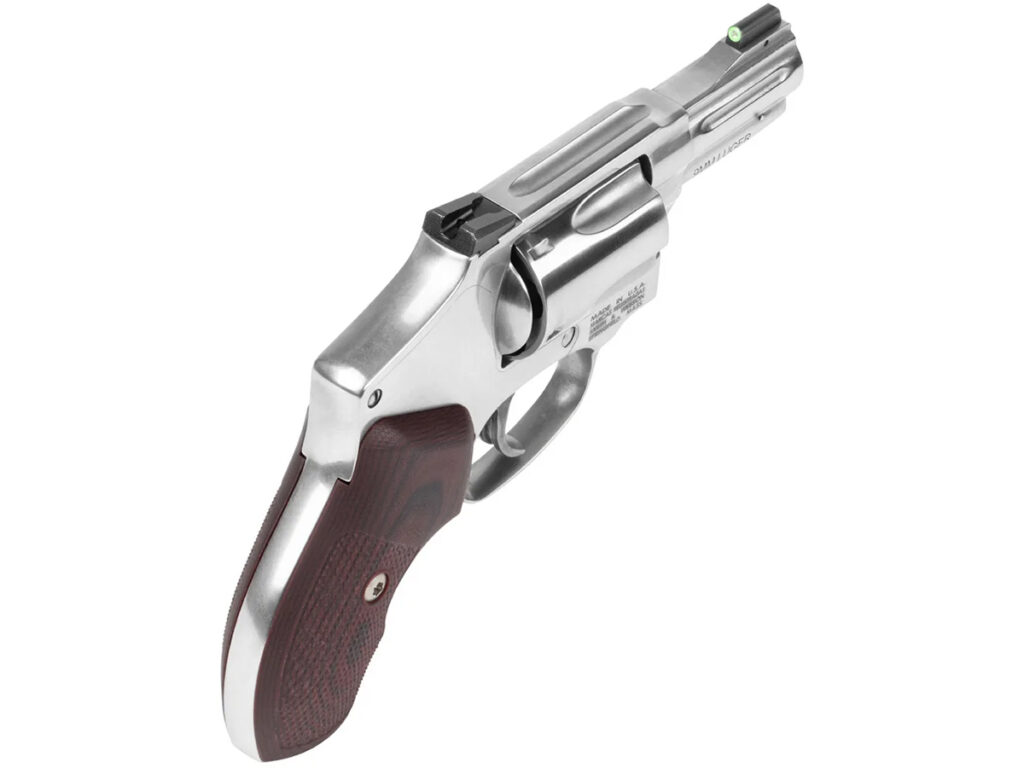
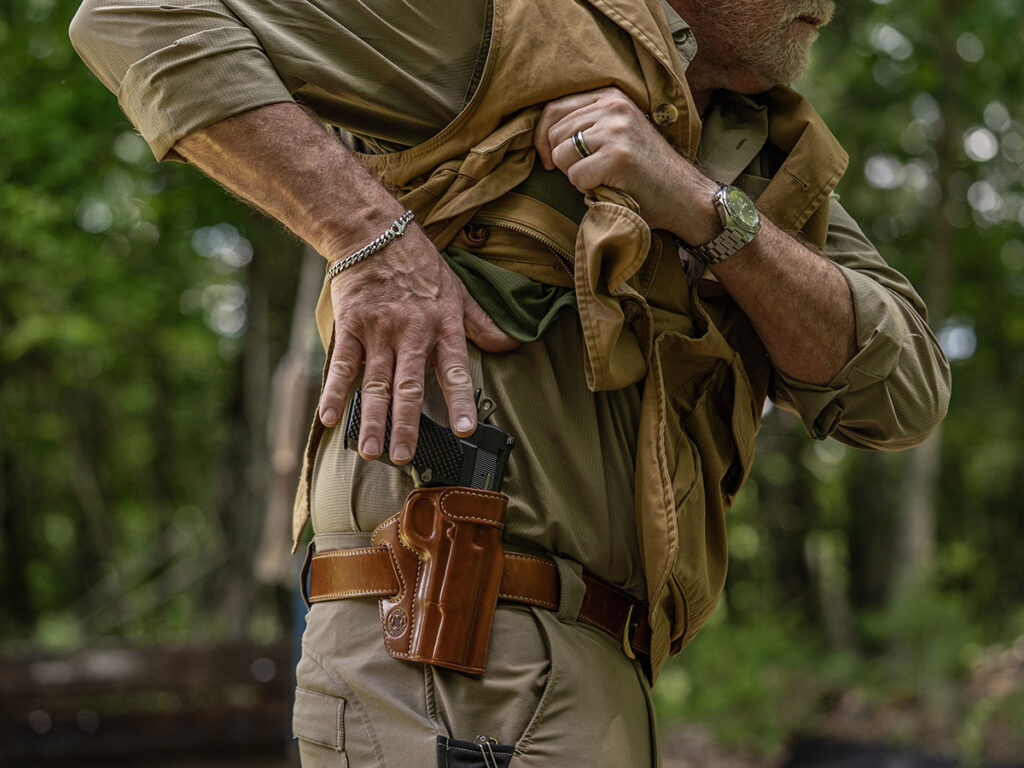
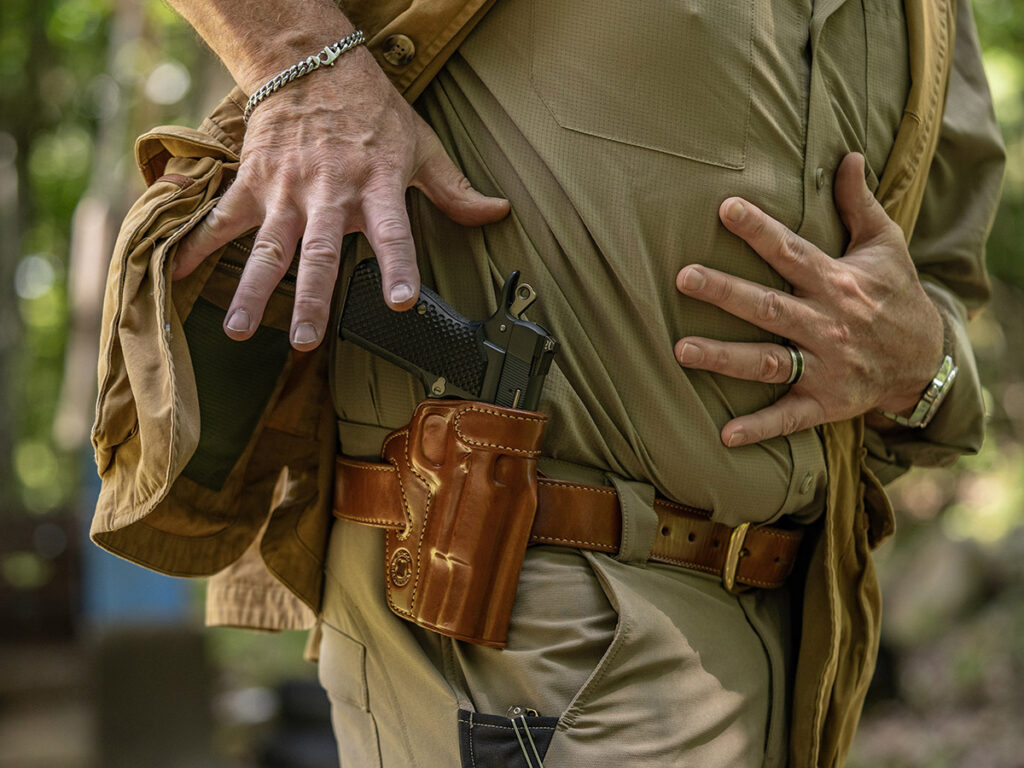
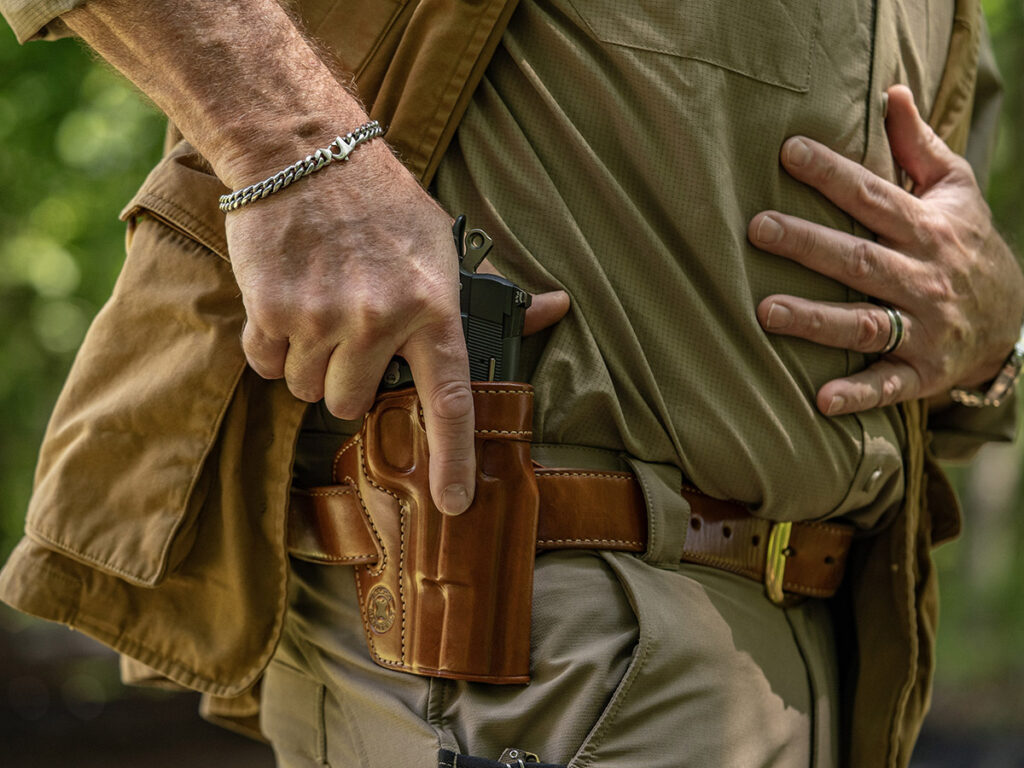
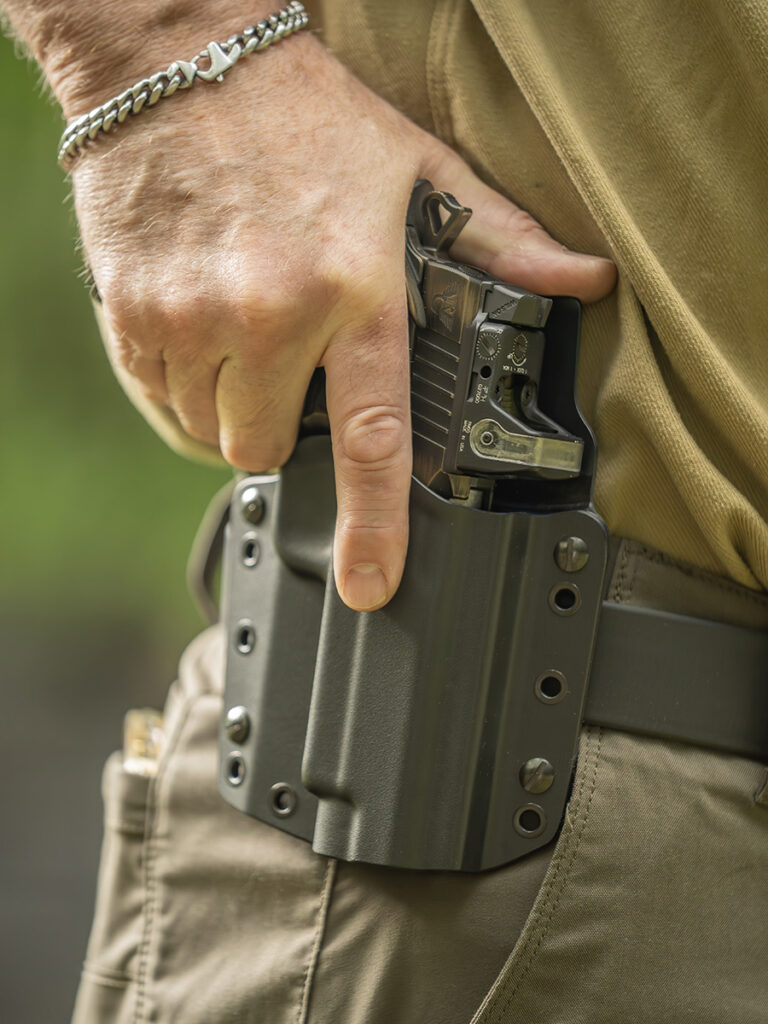
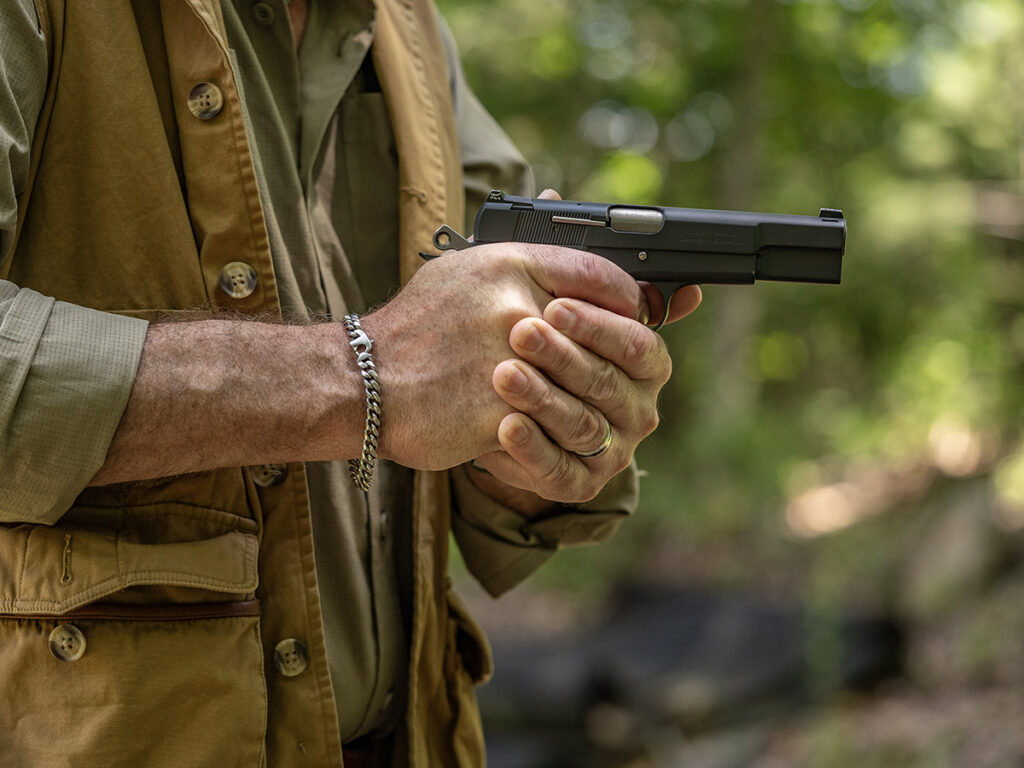
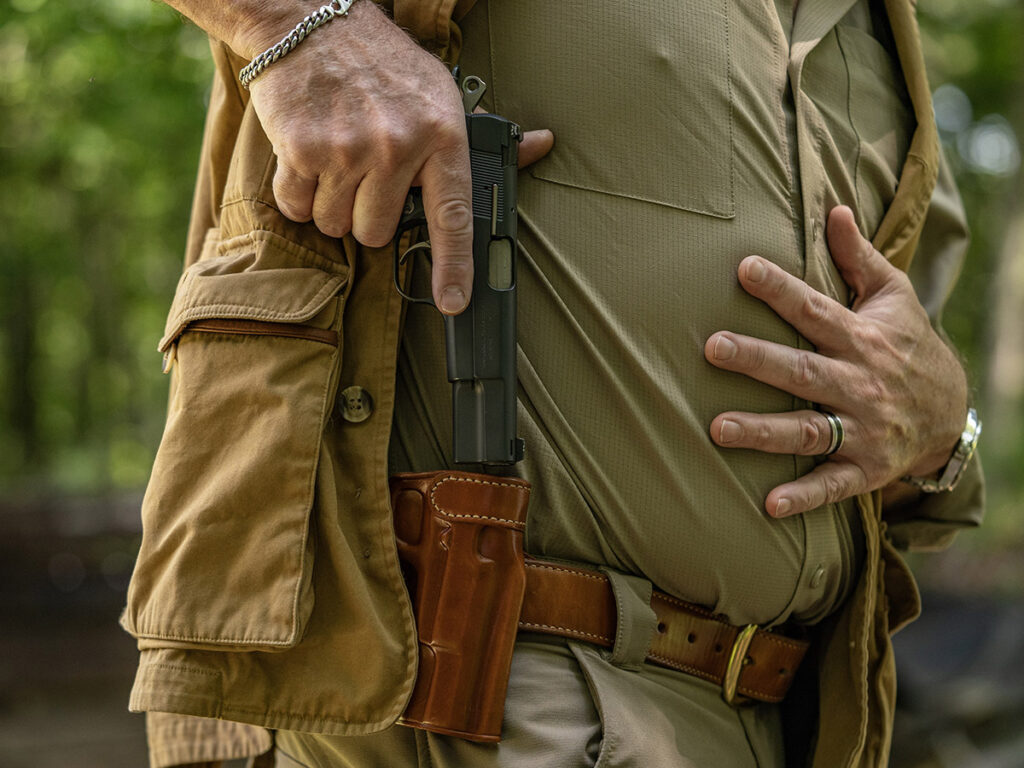
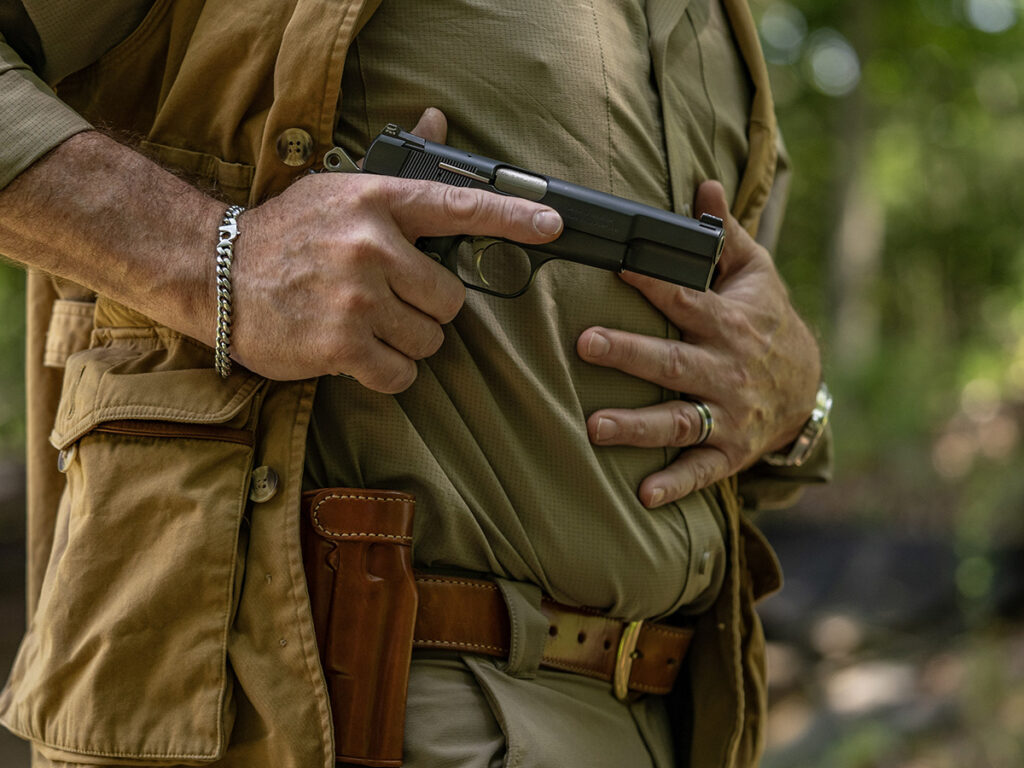



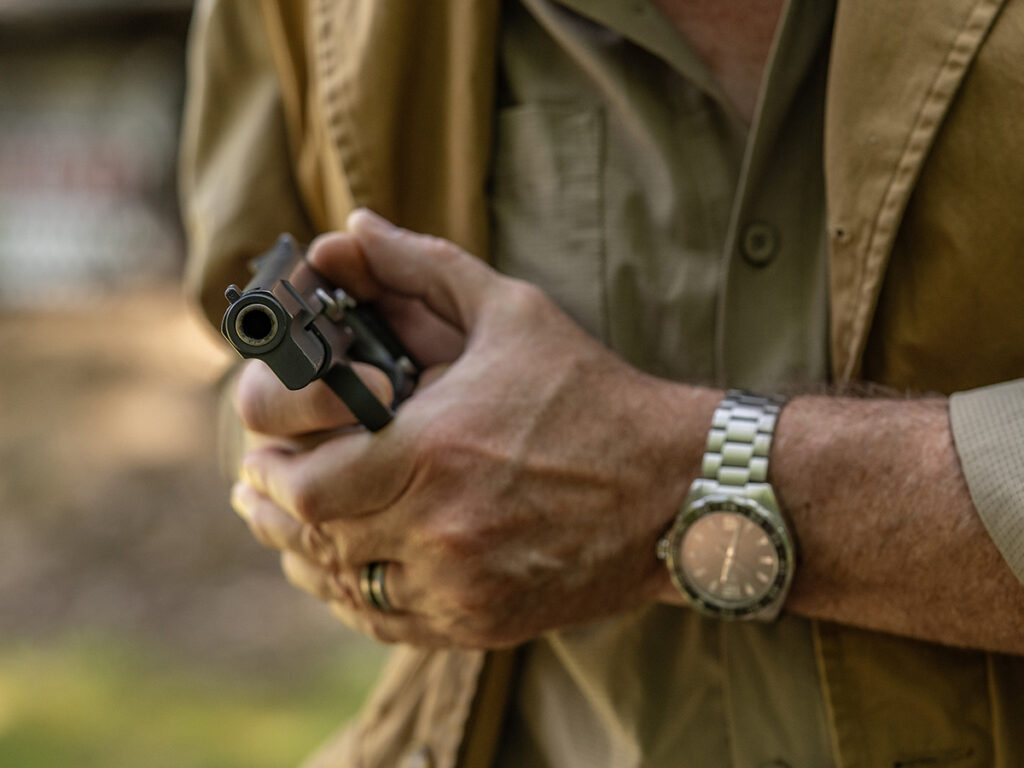
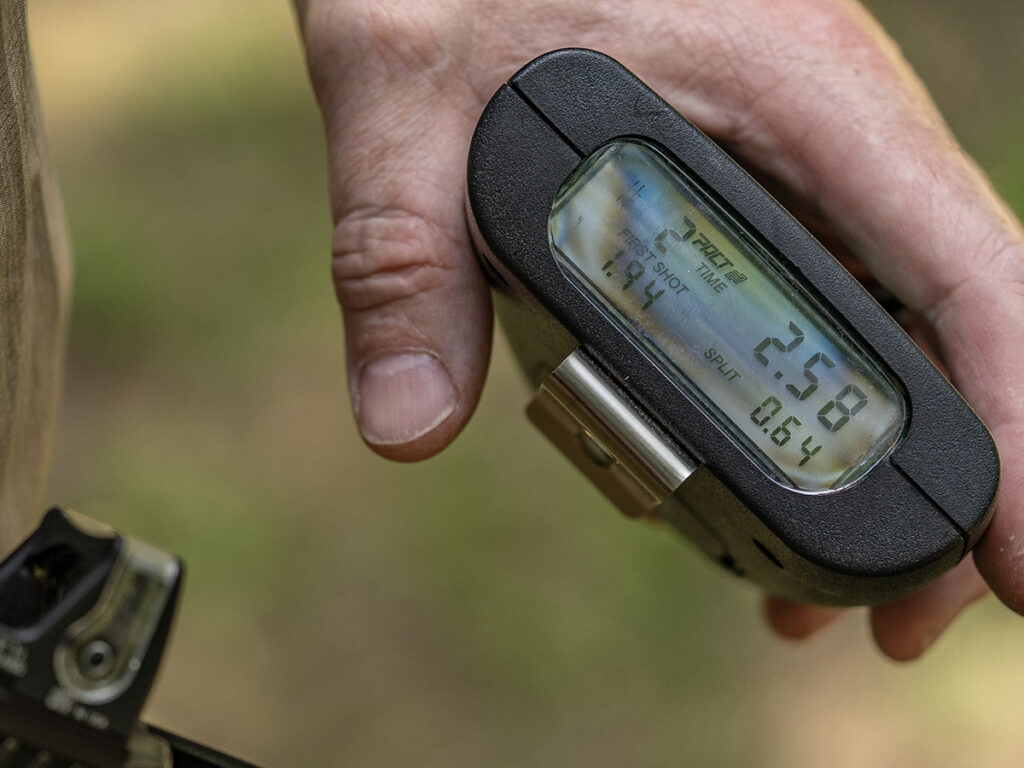
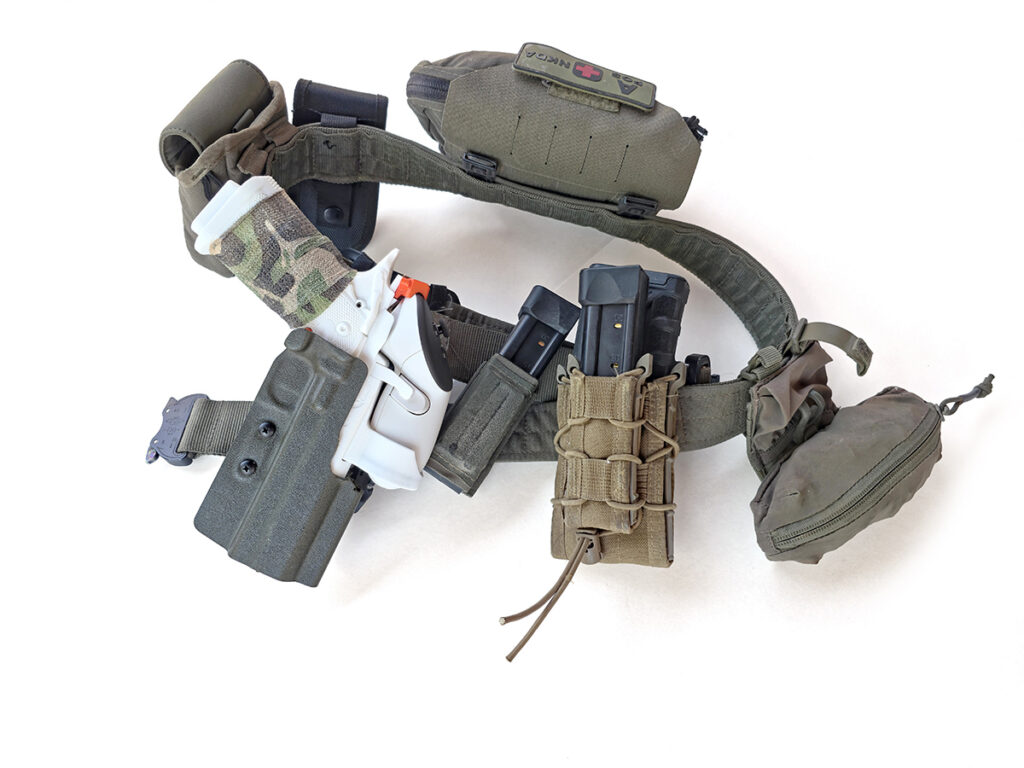

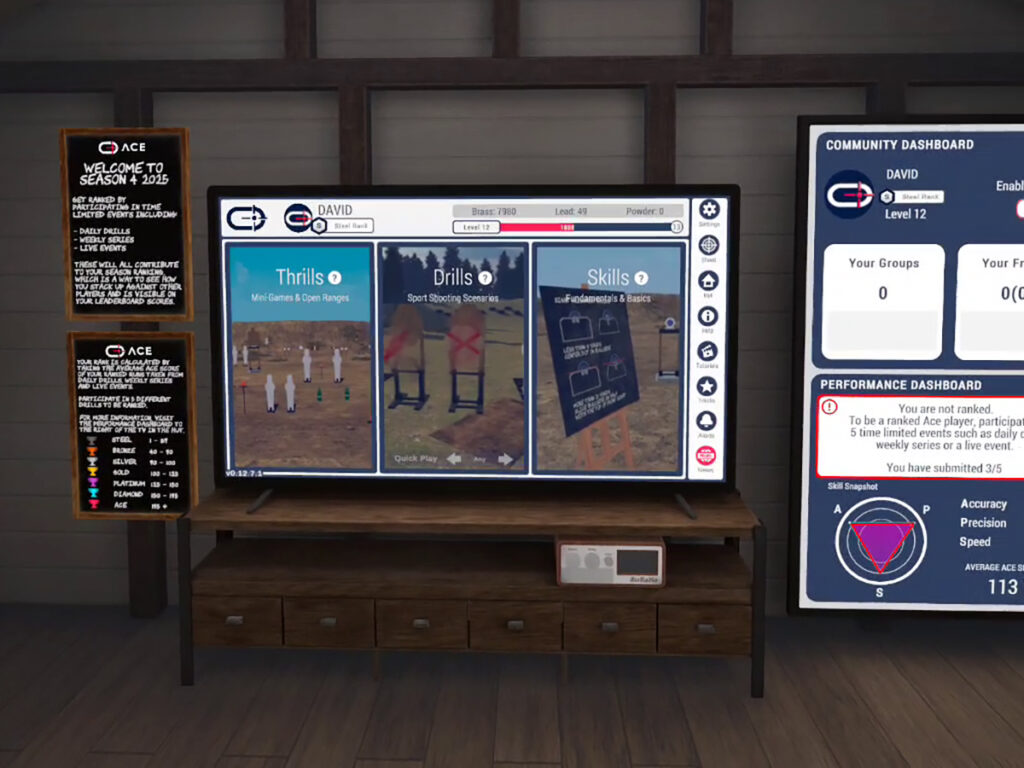
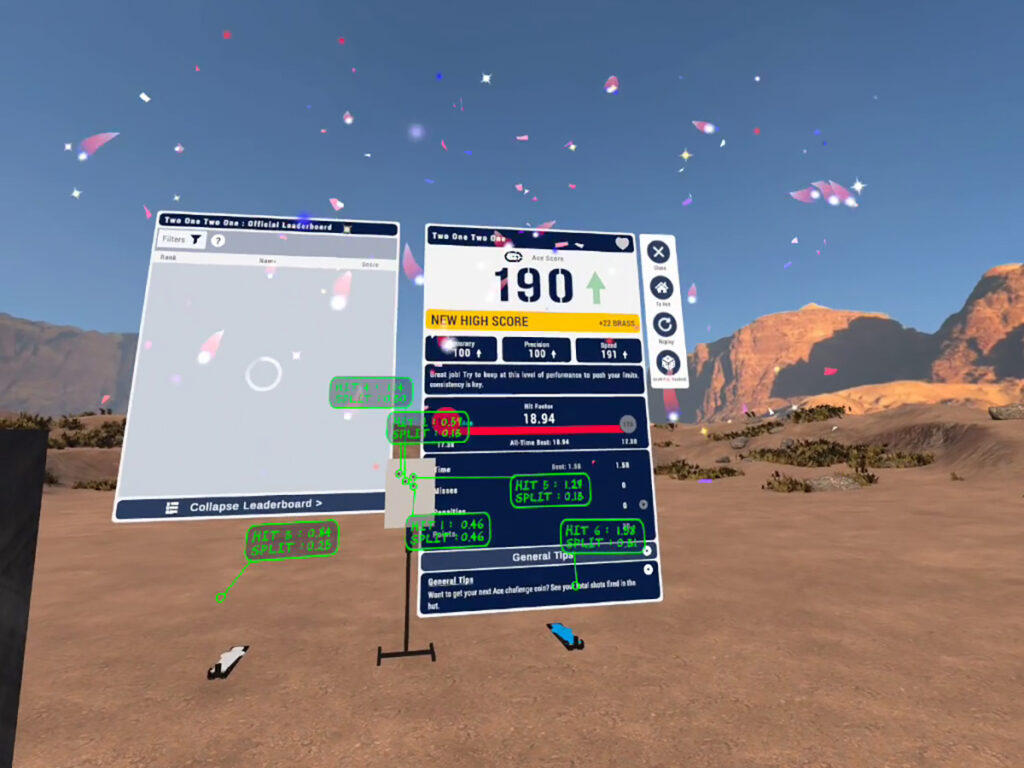

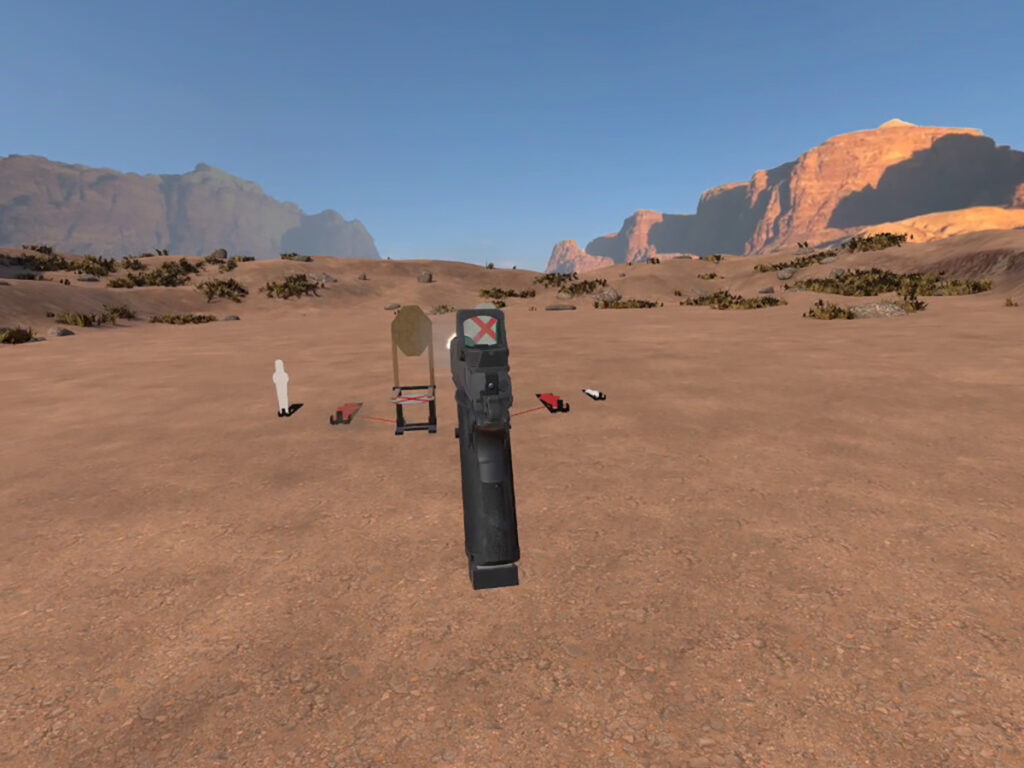


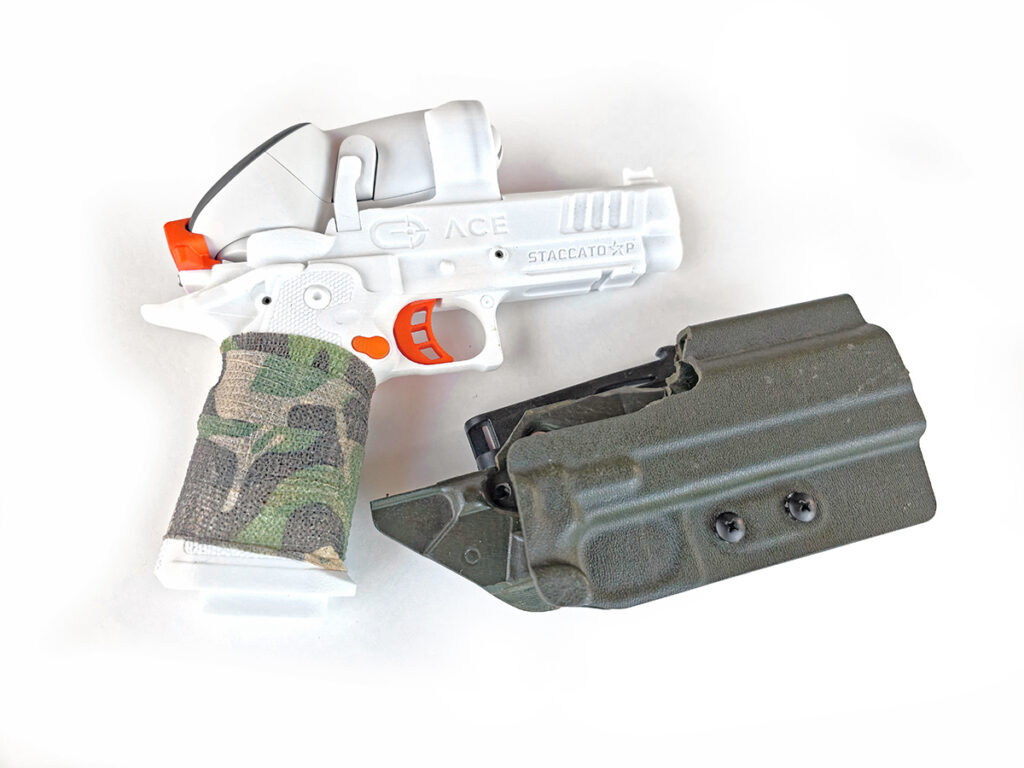

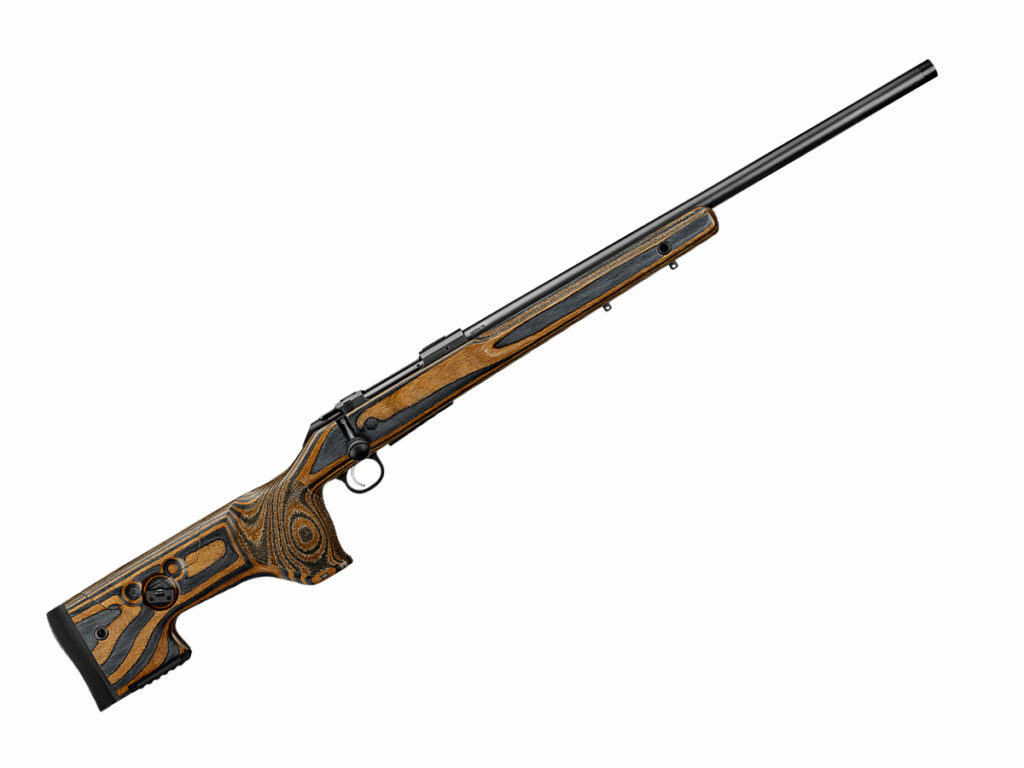

![Best Concealed Carry Guns In 2025 [Field Tested] Wilson Combat EDC X9S 1](https://gundigest.com/wp-content/uploads/Wilson-Combat-EDC-X9S-1-324x160.jpg)


![Best 9mm Carbine: Affordable PCCs [Tested] Ruger Carbine Shooting](https://gundigest.com/wp-content/uploads/Ruger-Carbine-Shooting-100x70.jpg)
![Best AR-15: Top Options Available Today [Field Tested] Harrington and Richardson PSA XM177E2 feature](https://gundigest.com/wp-content/uploads/Harrington-and-Richardson-PSA-XM177E2-feature-100x70.jpg)
